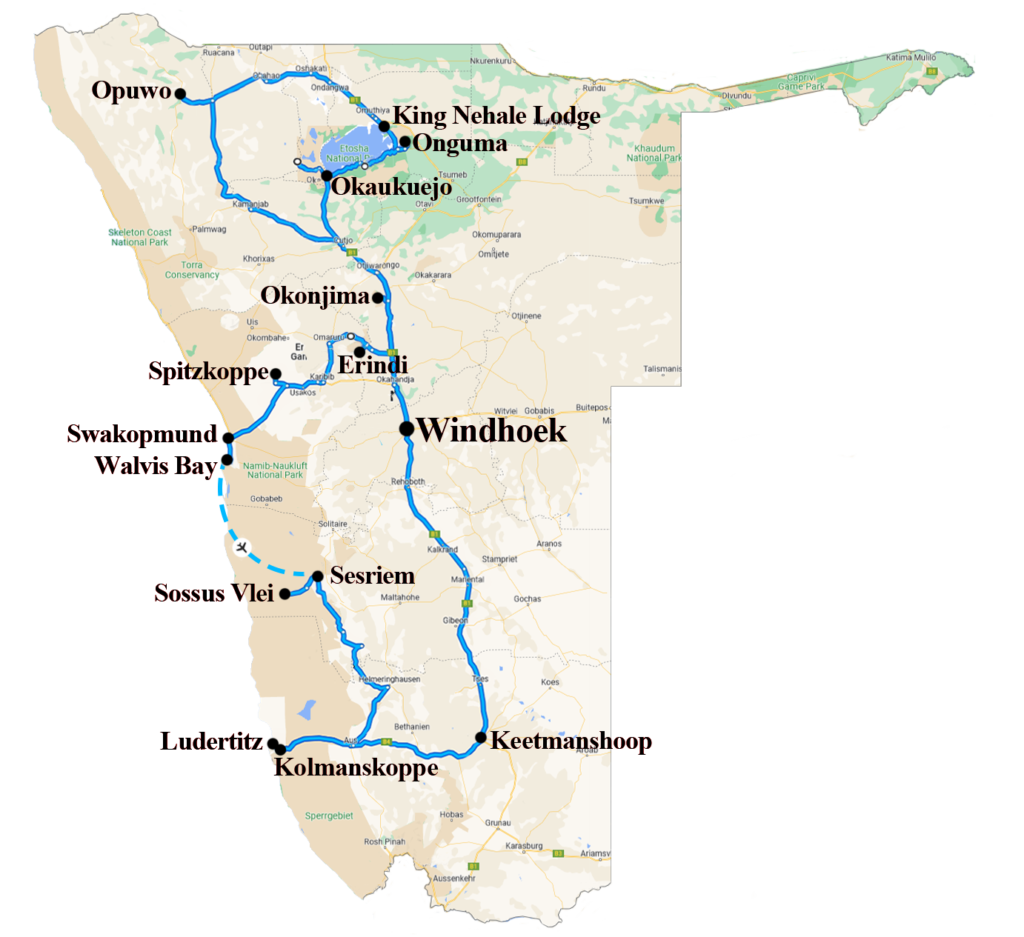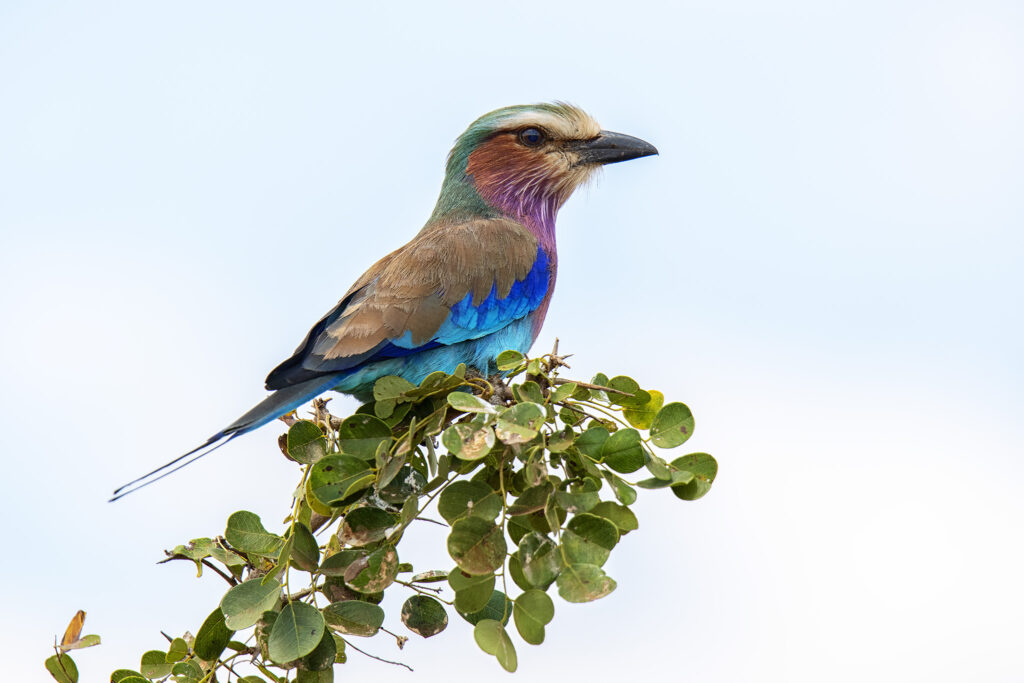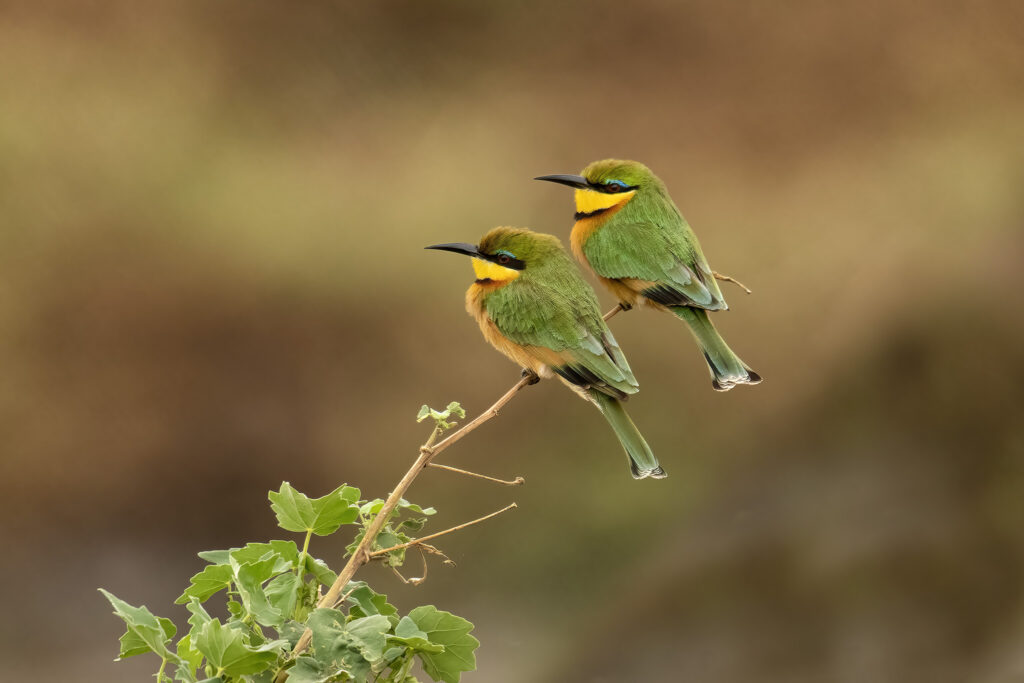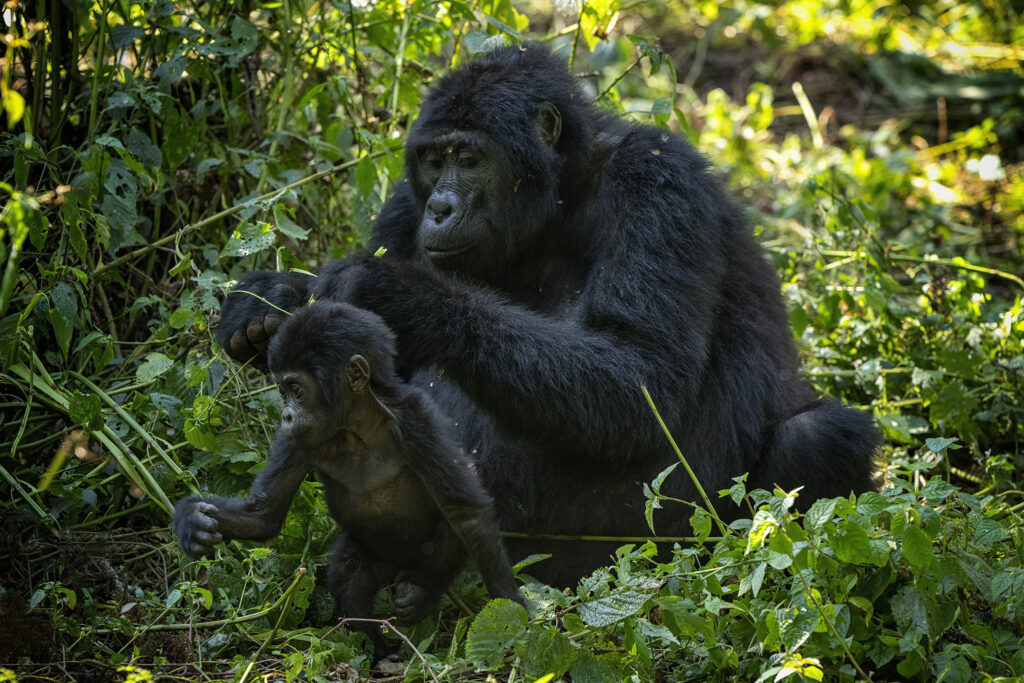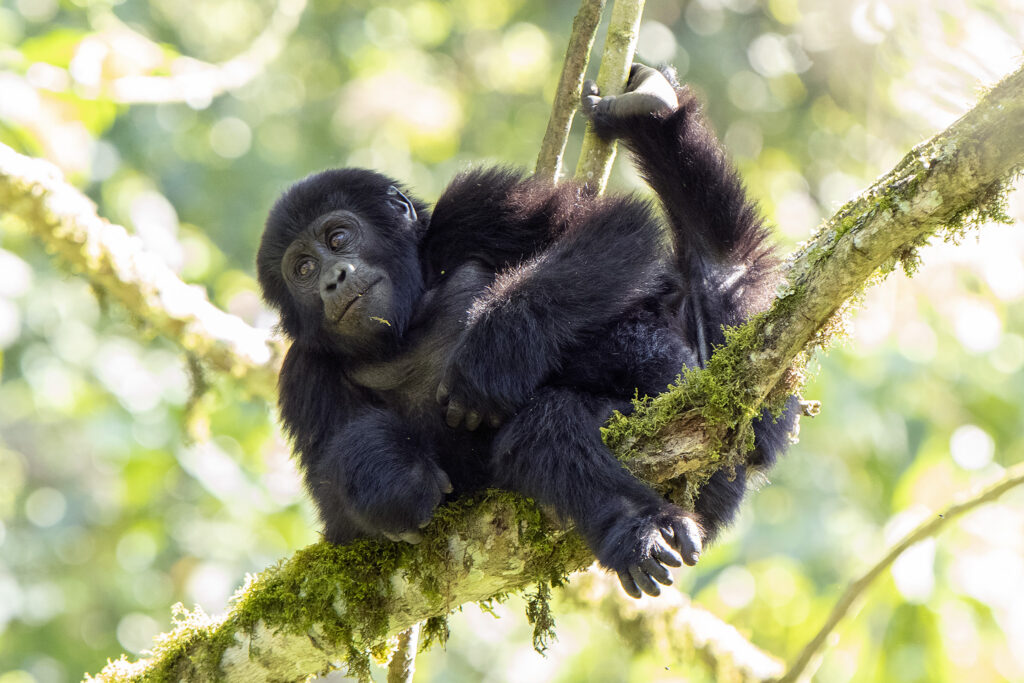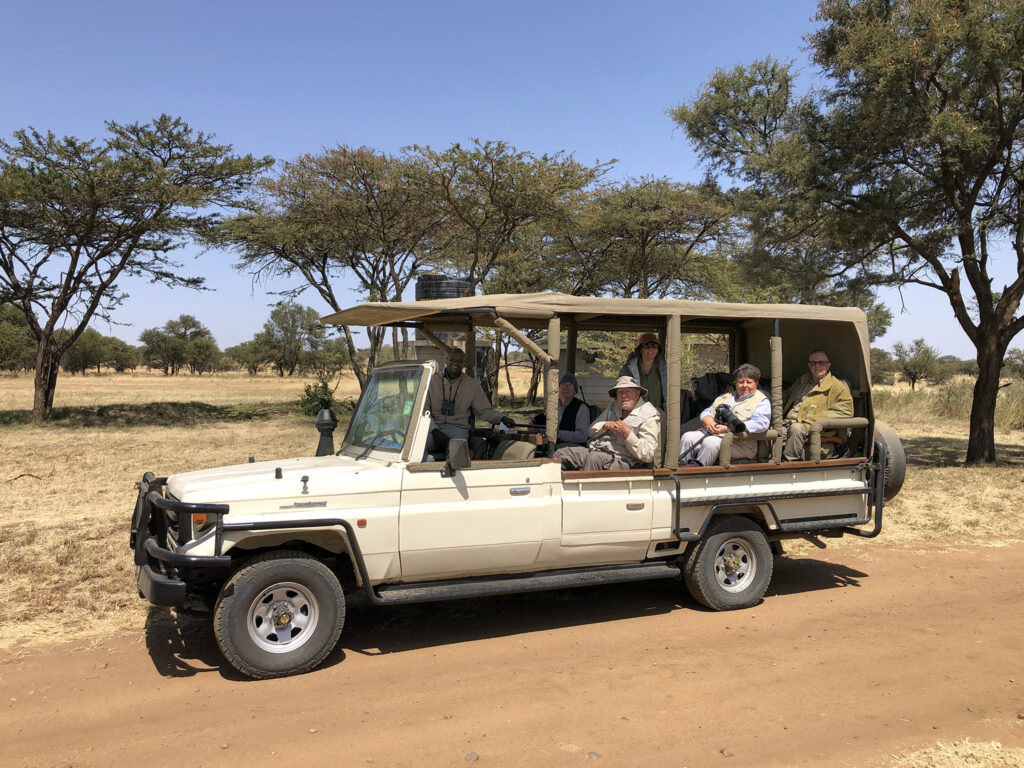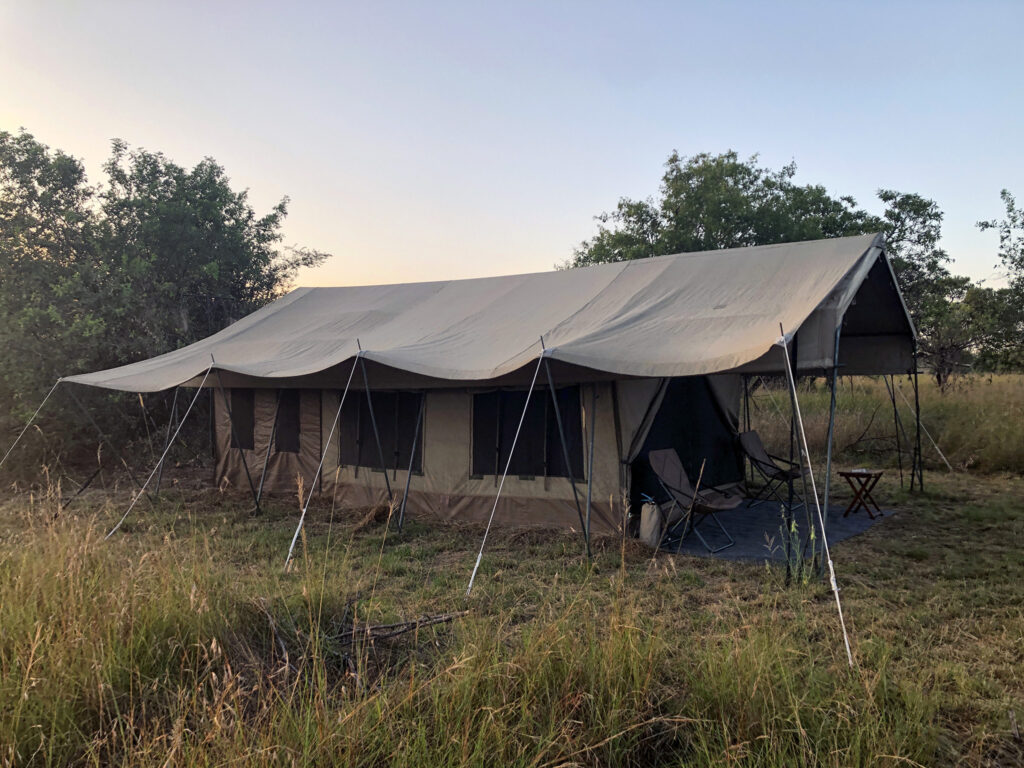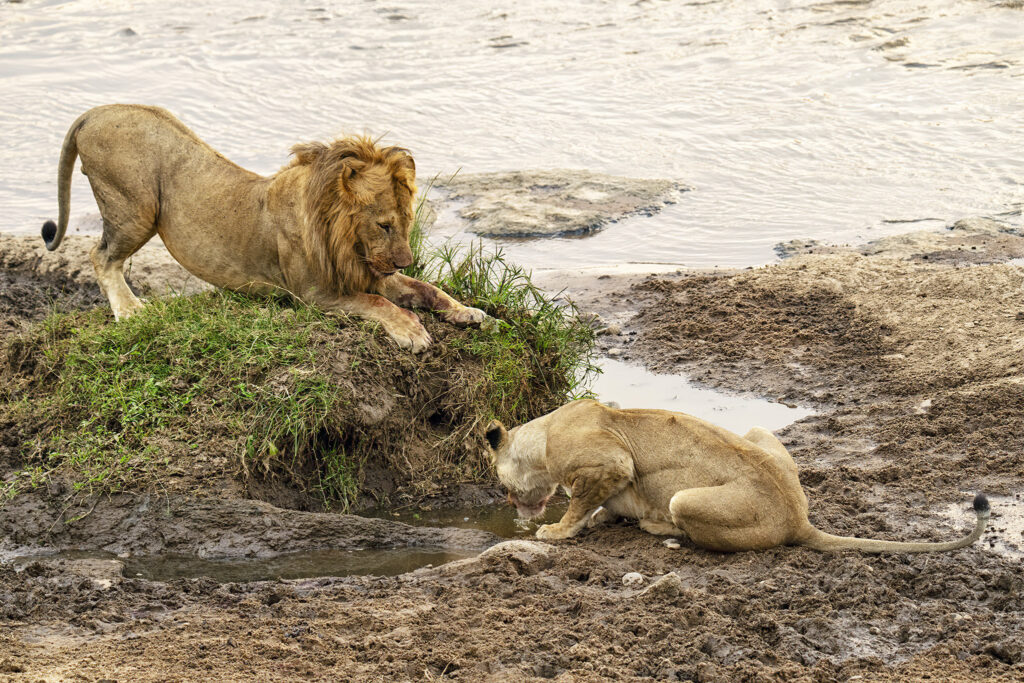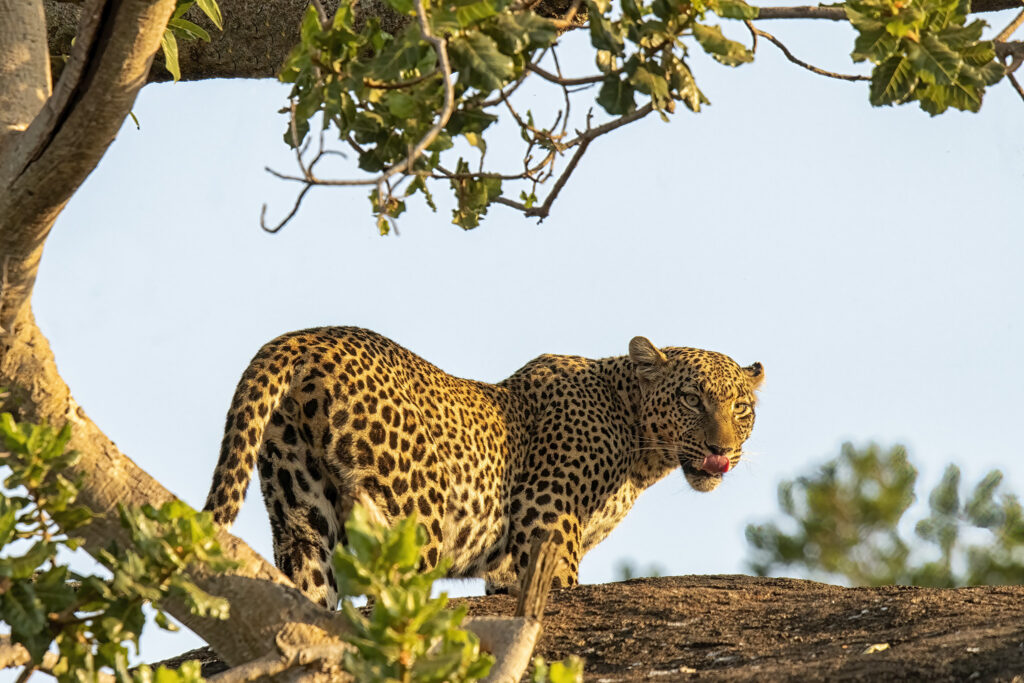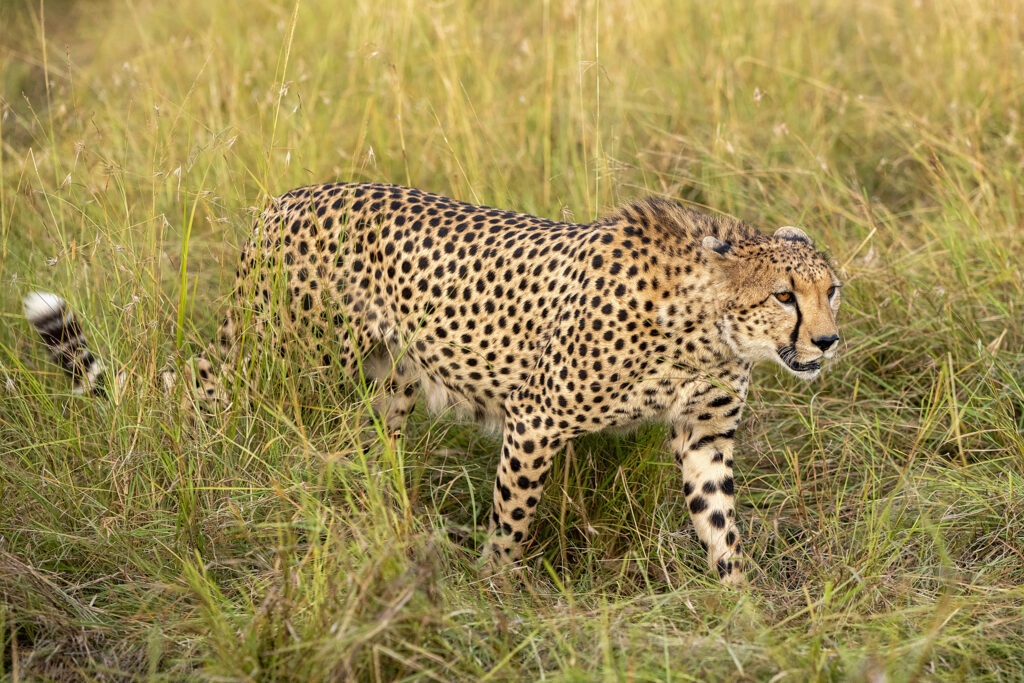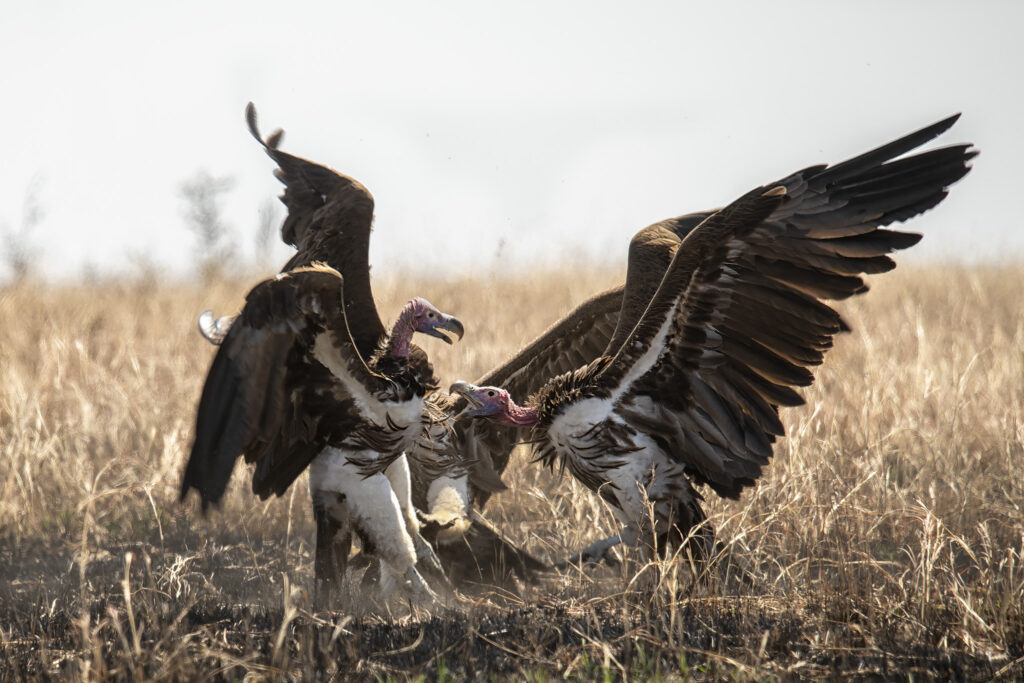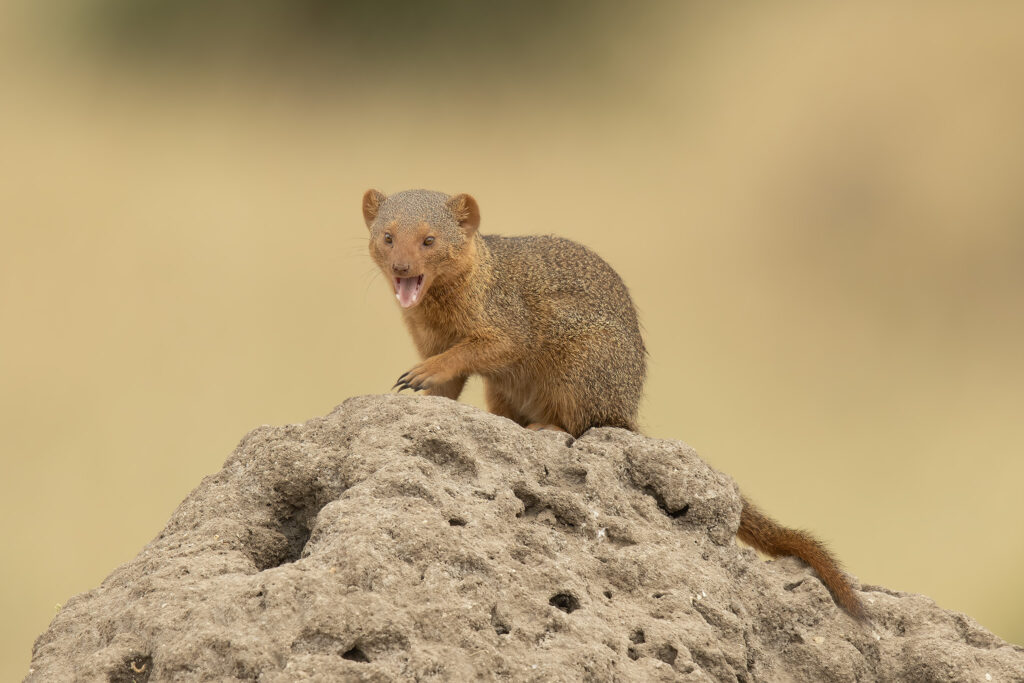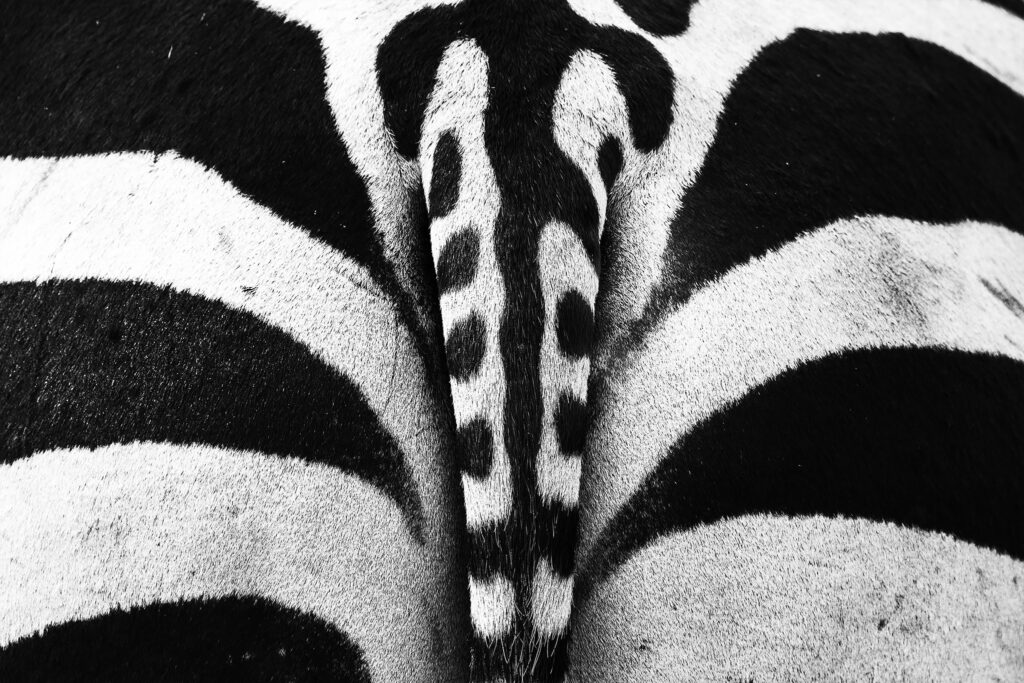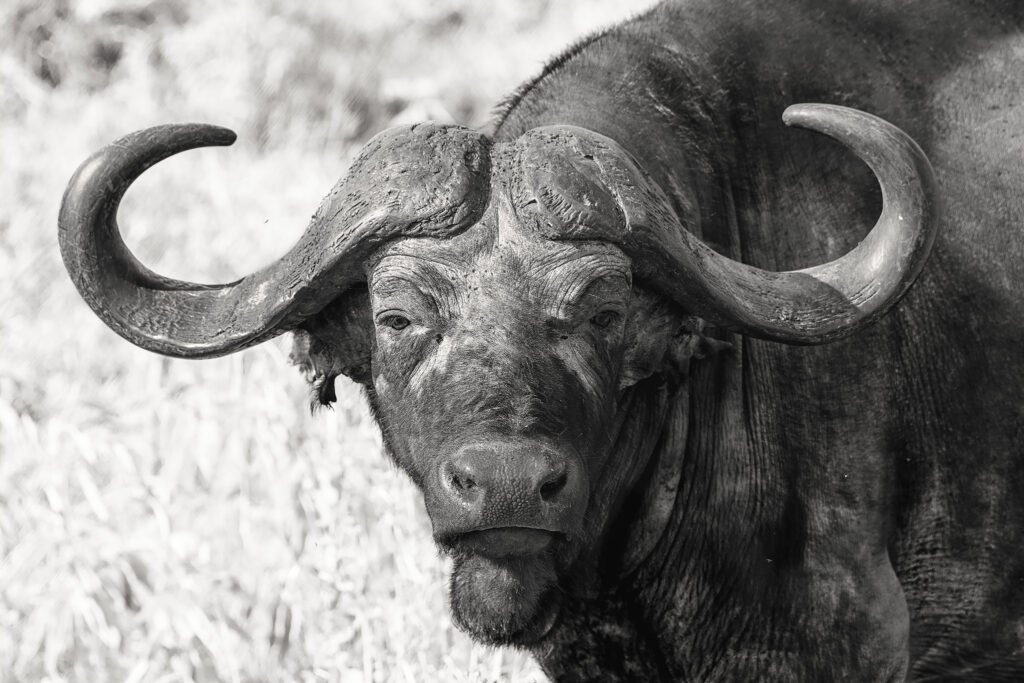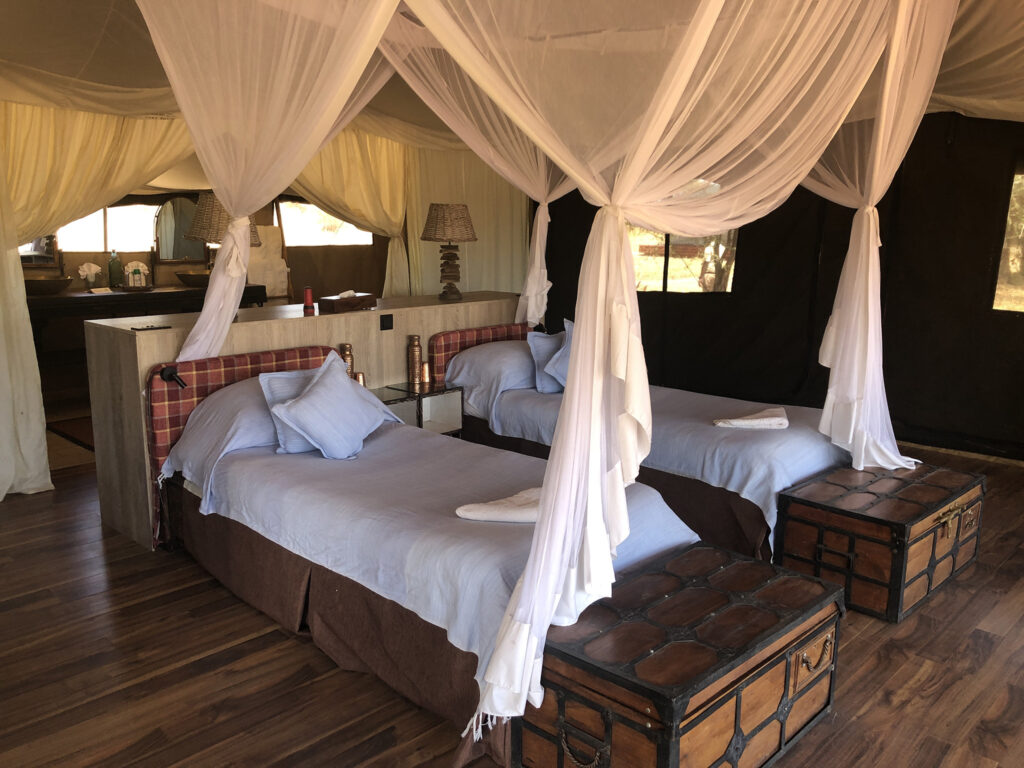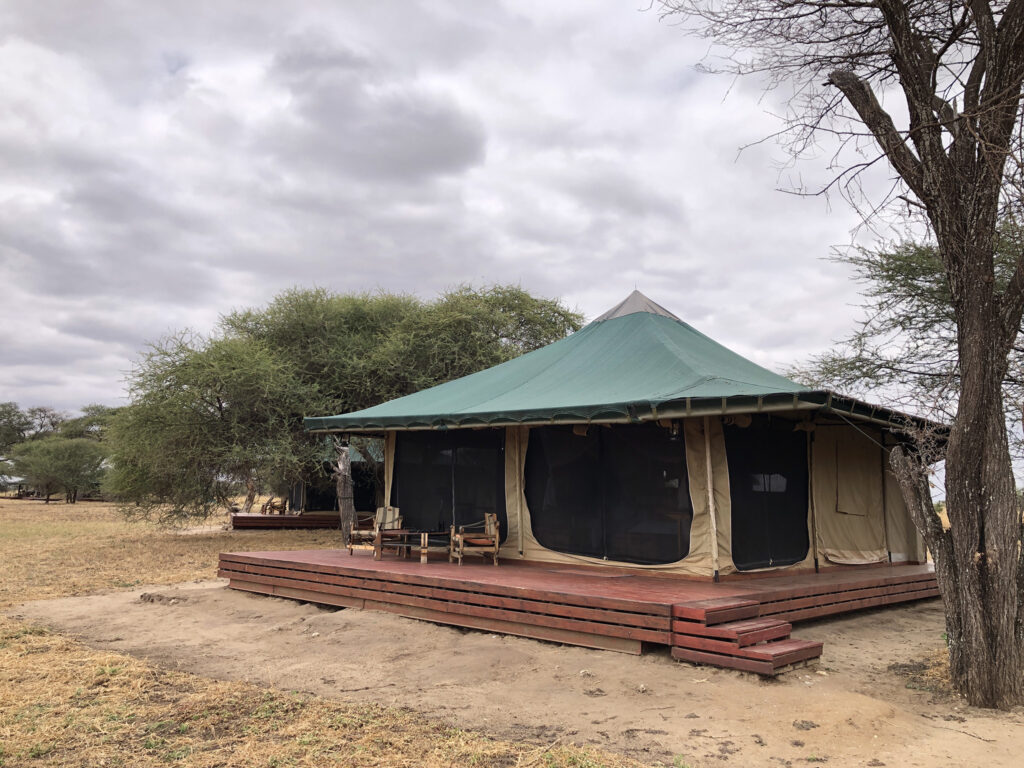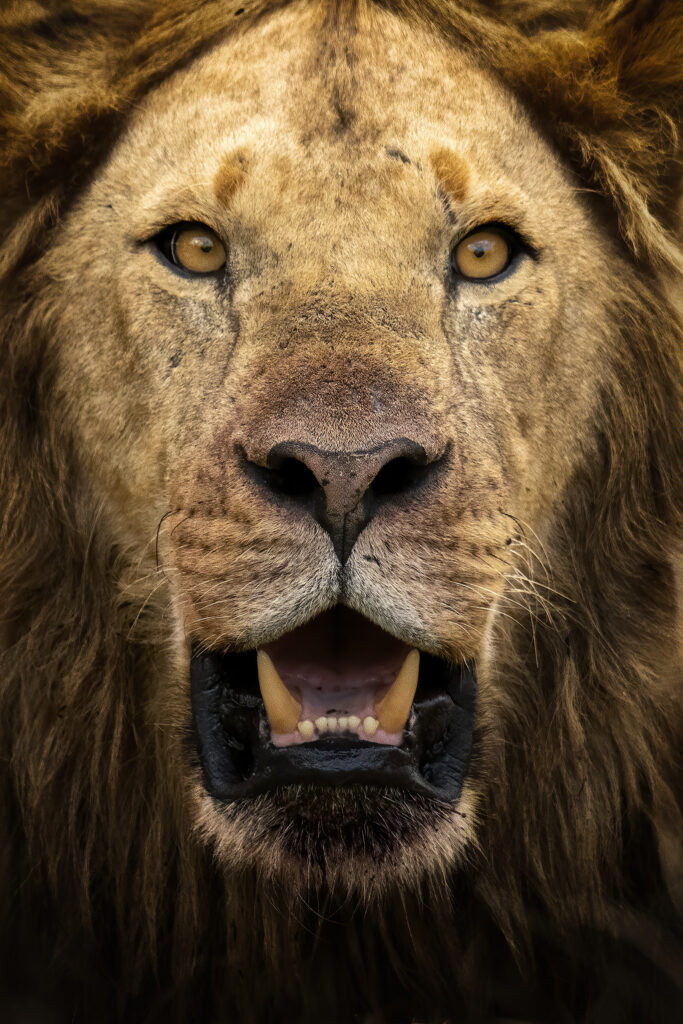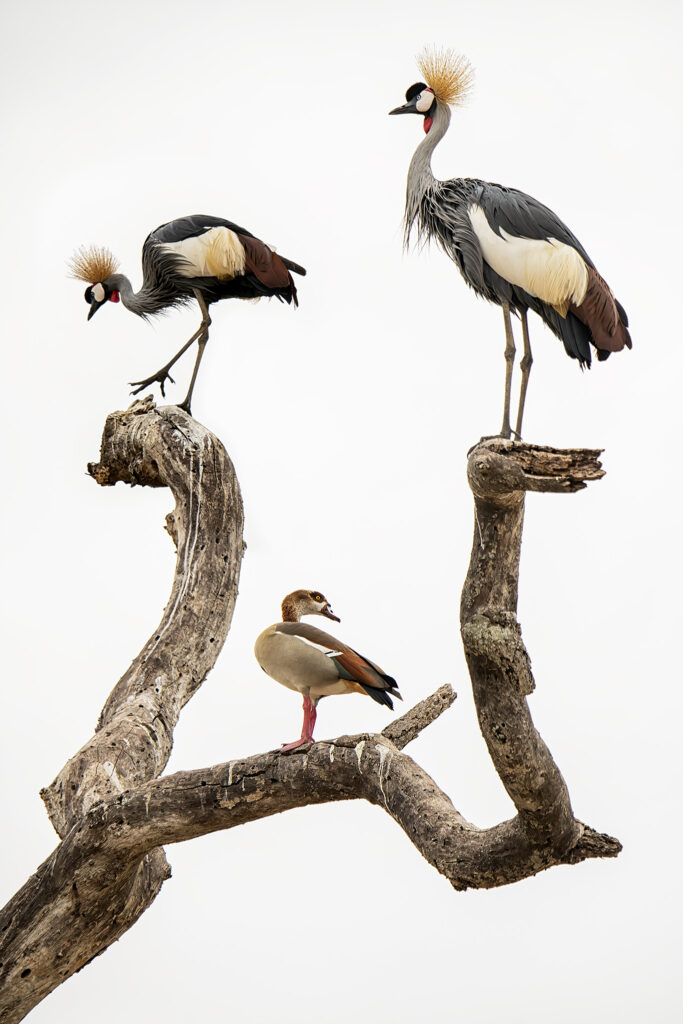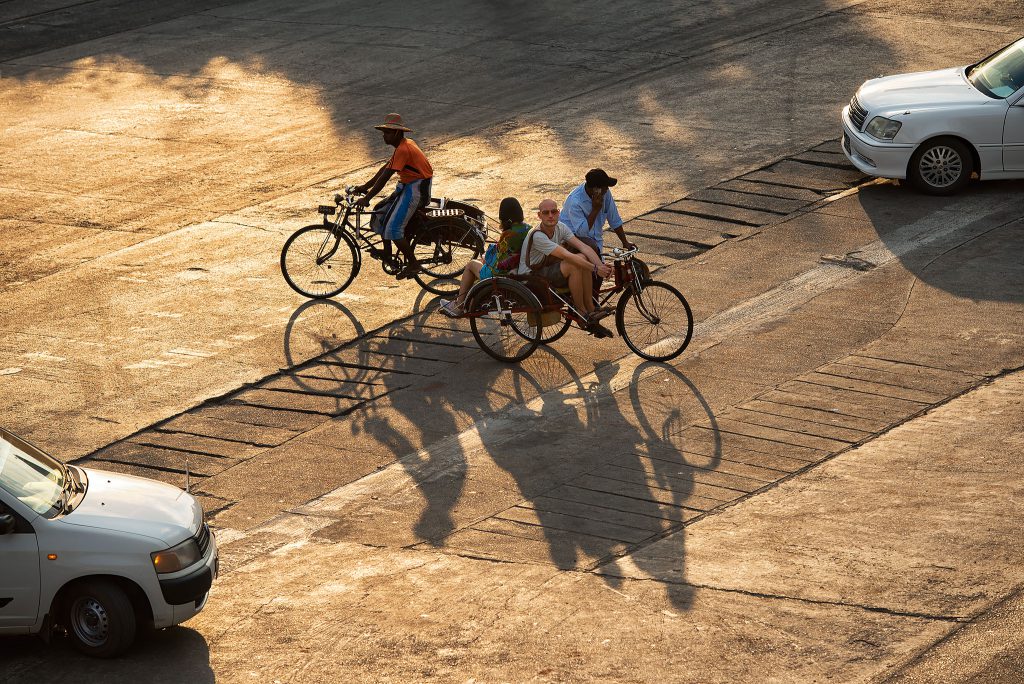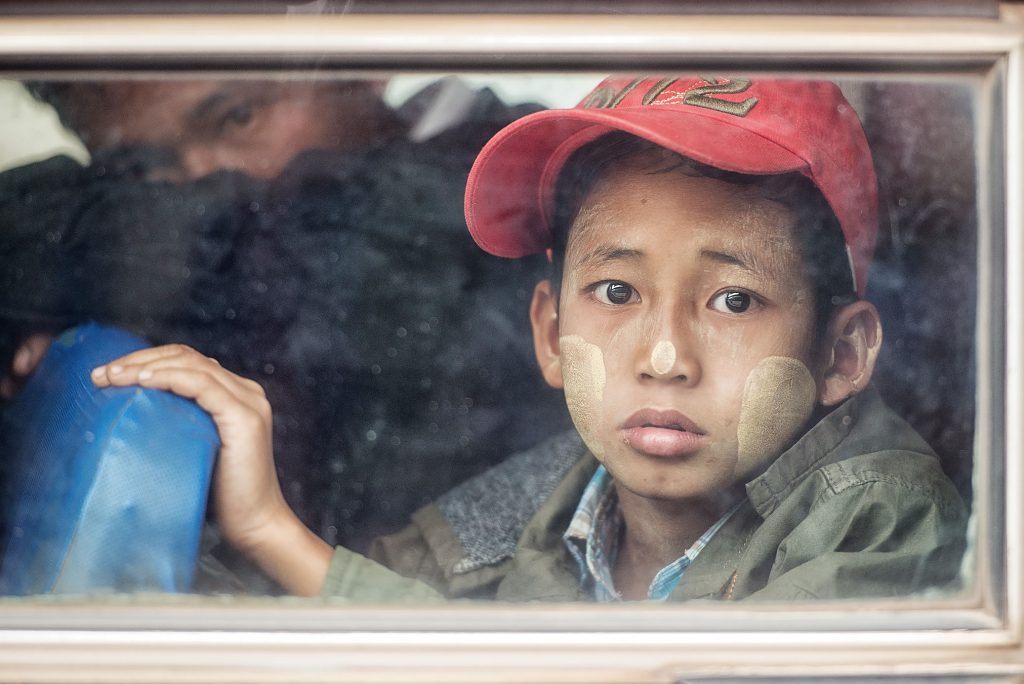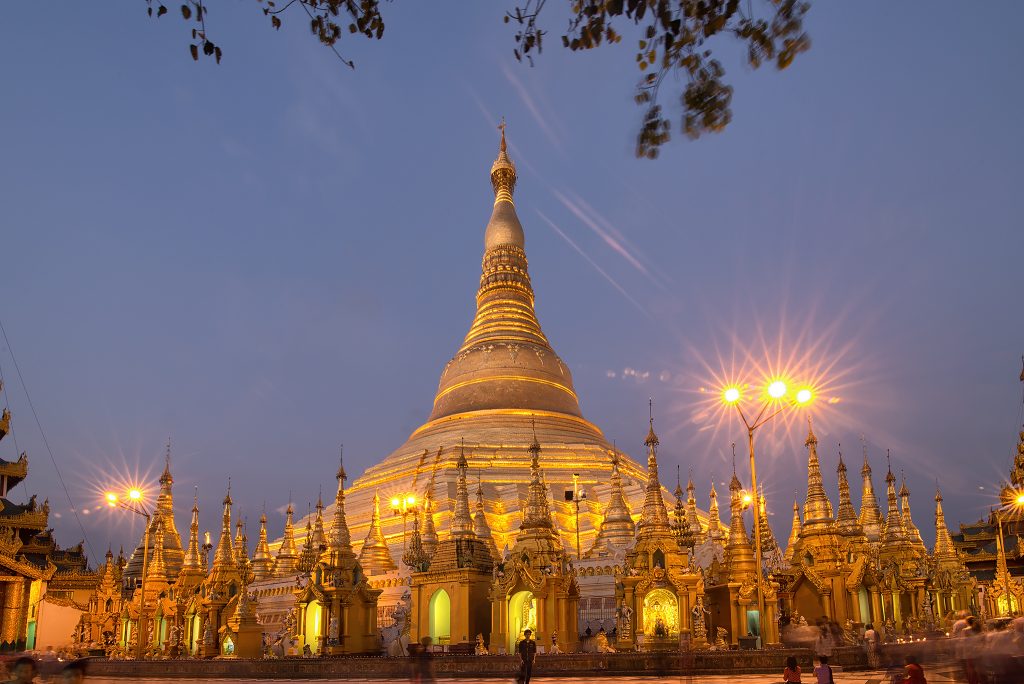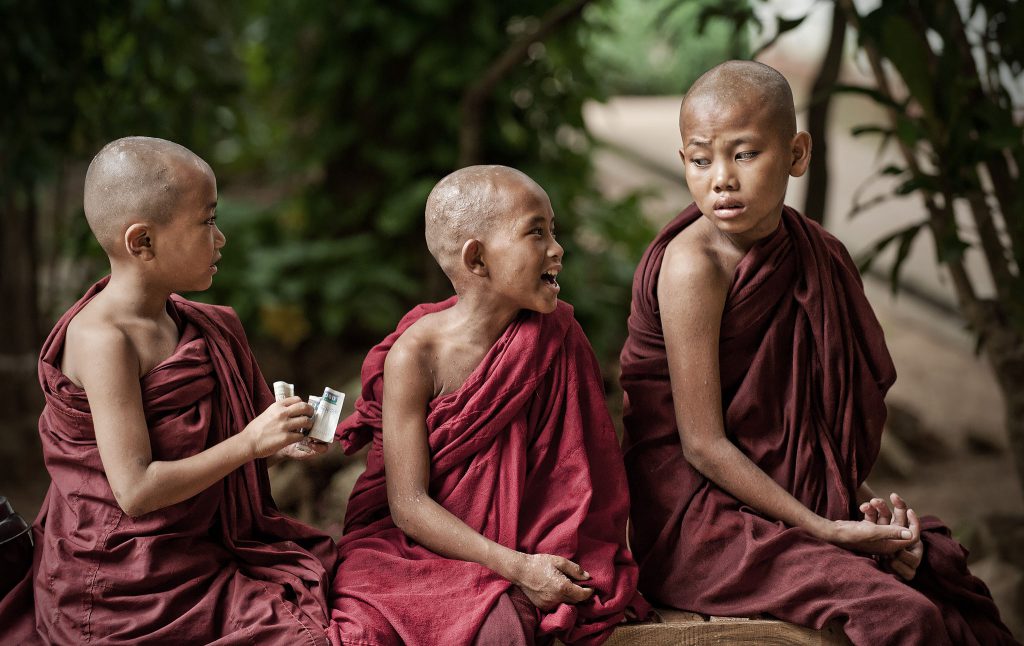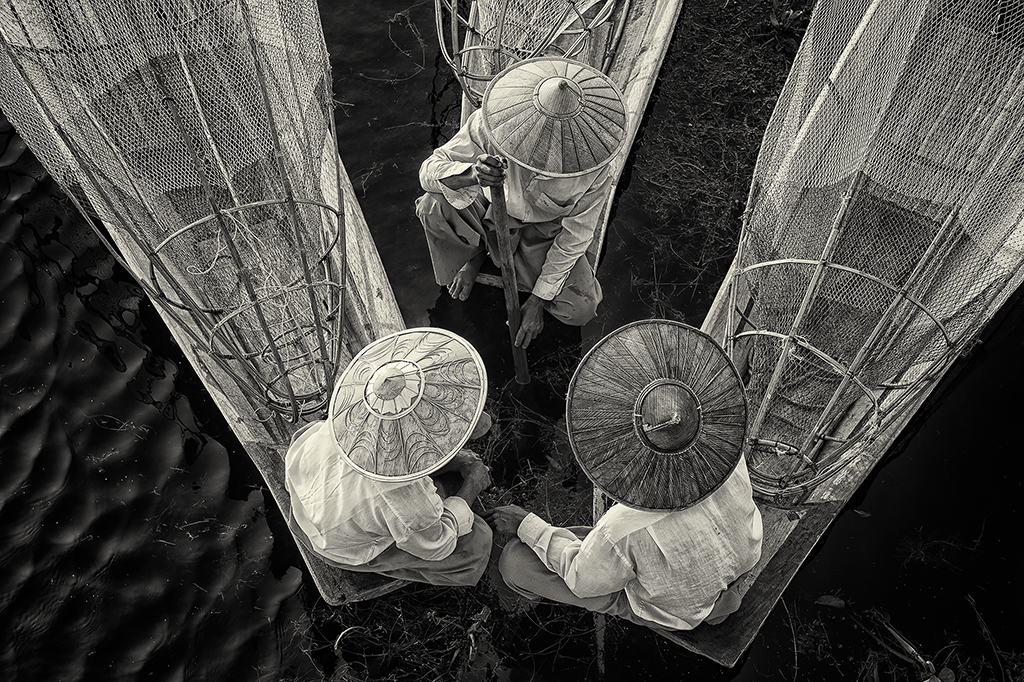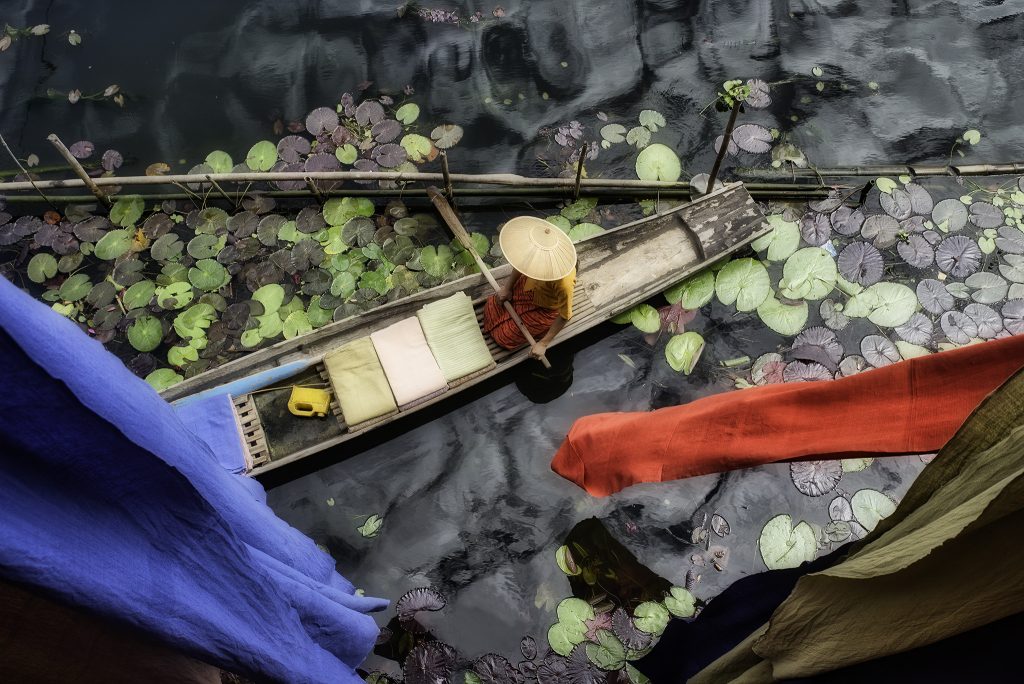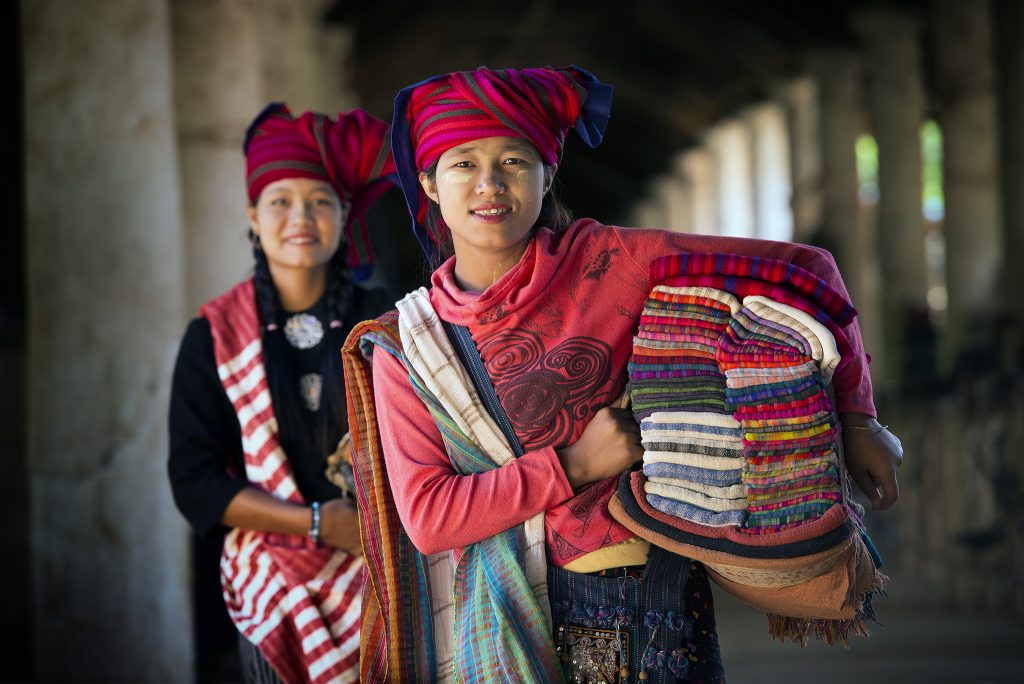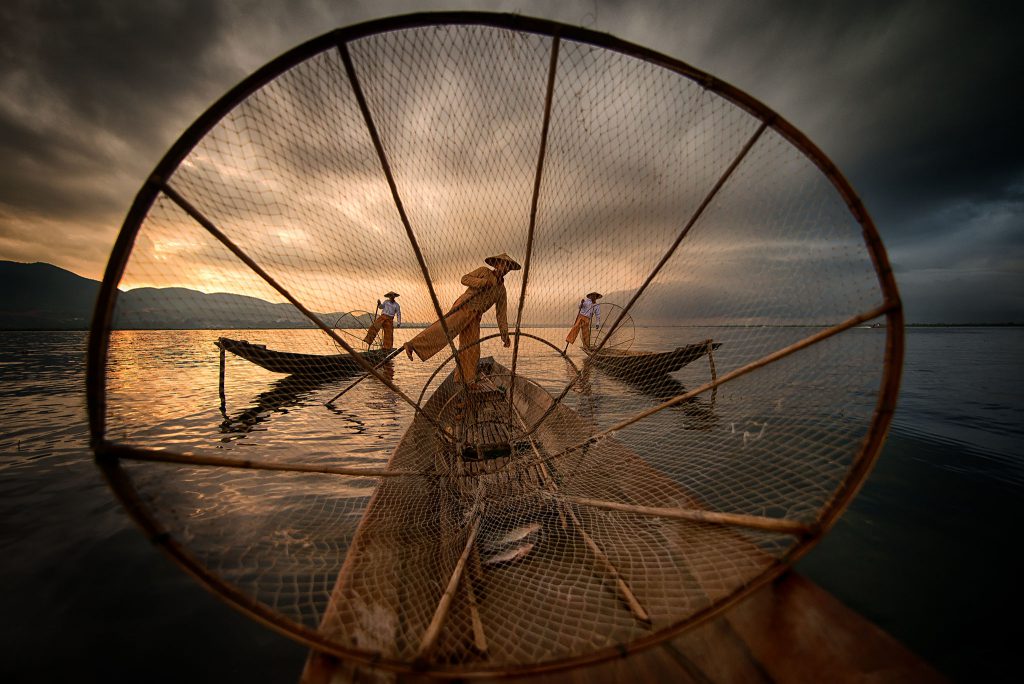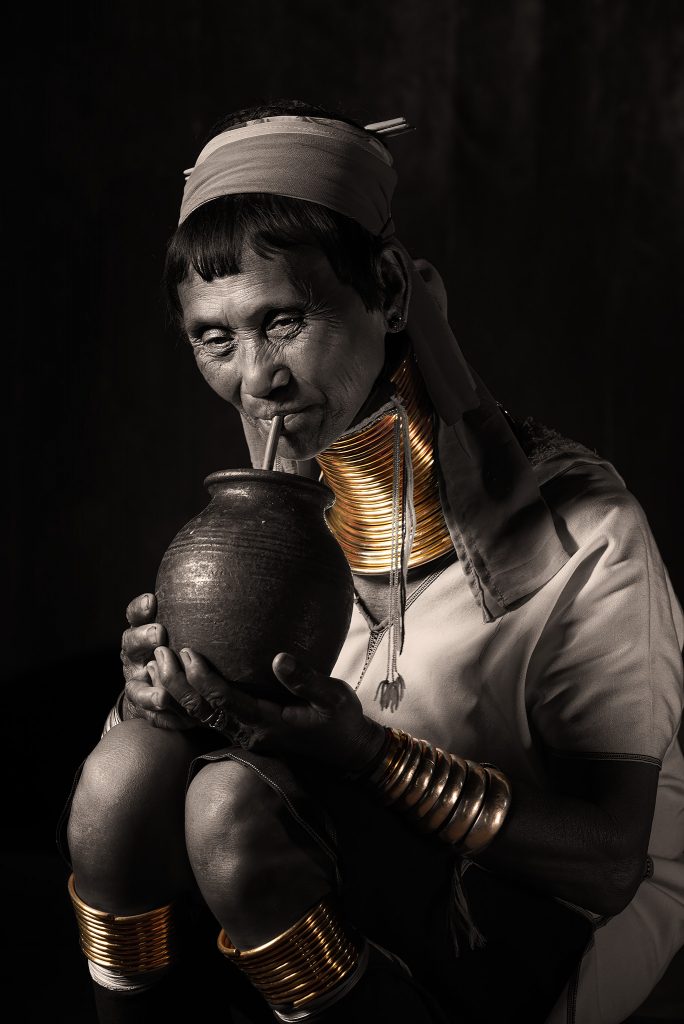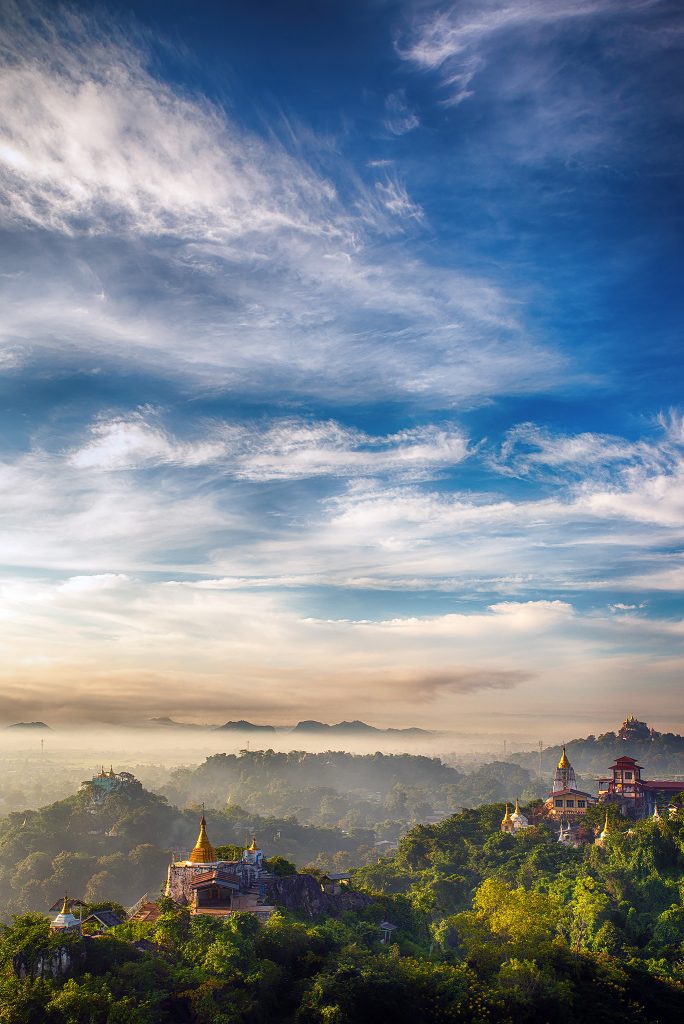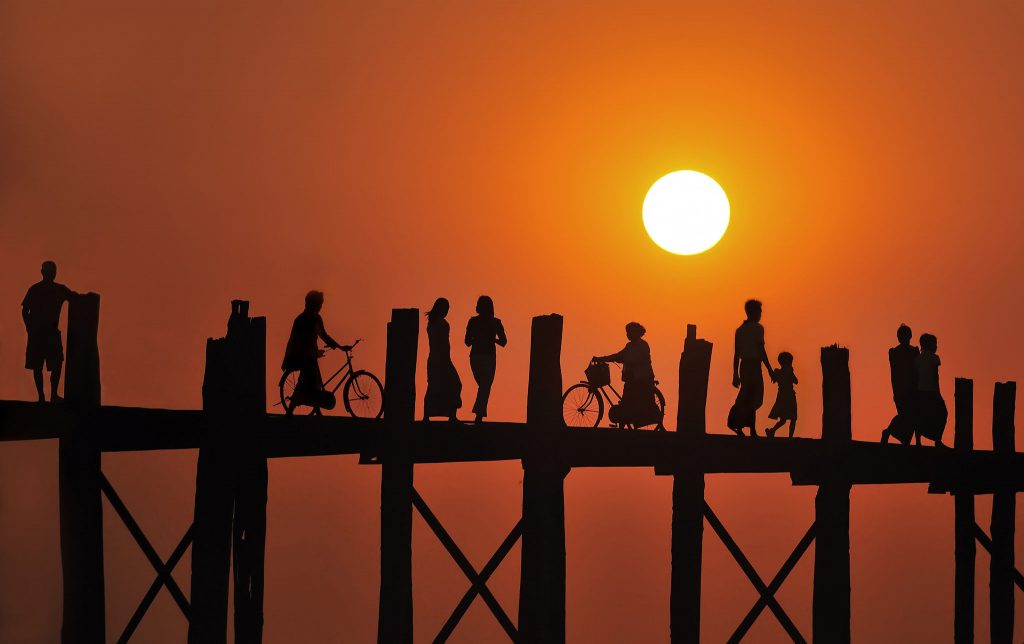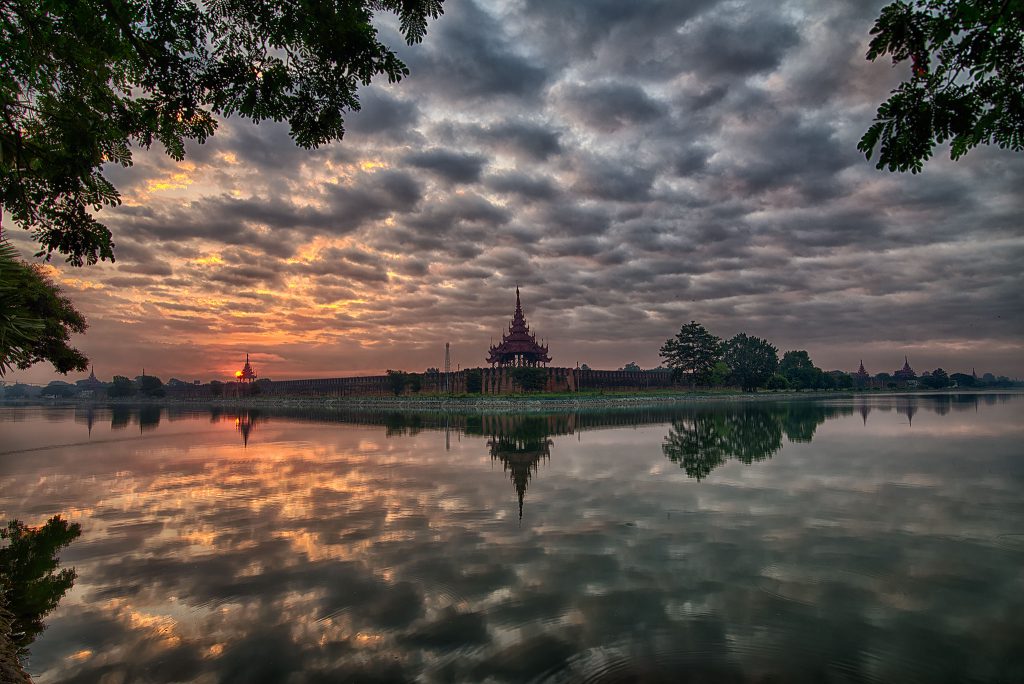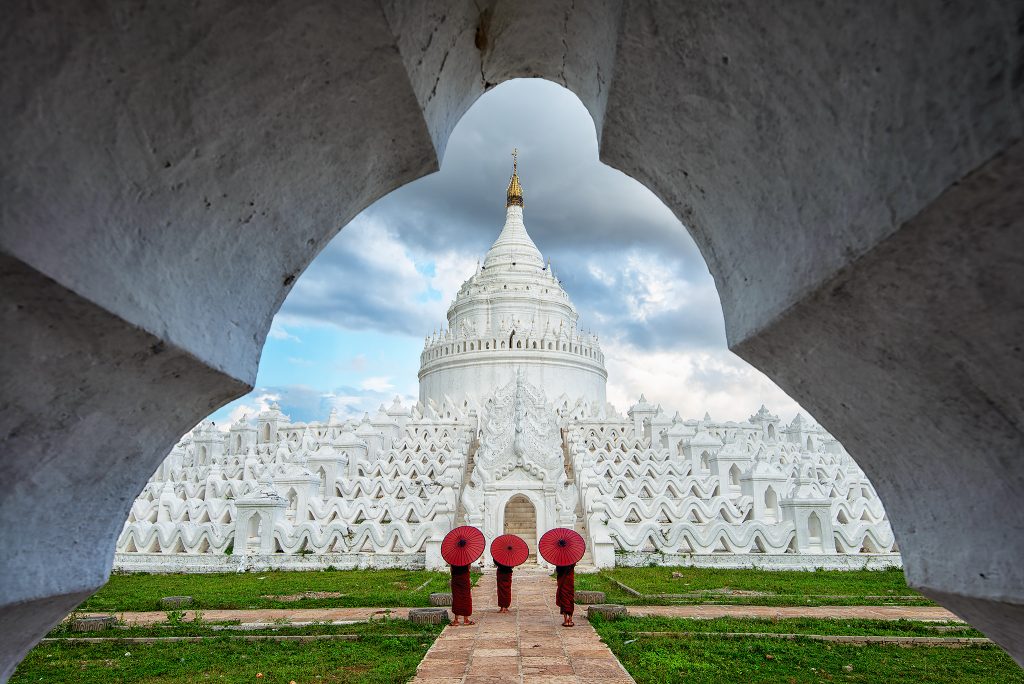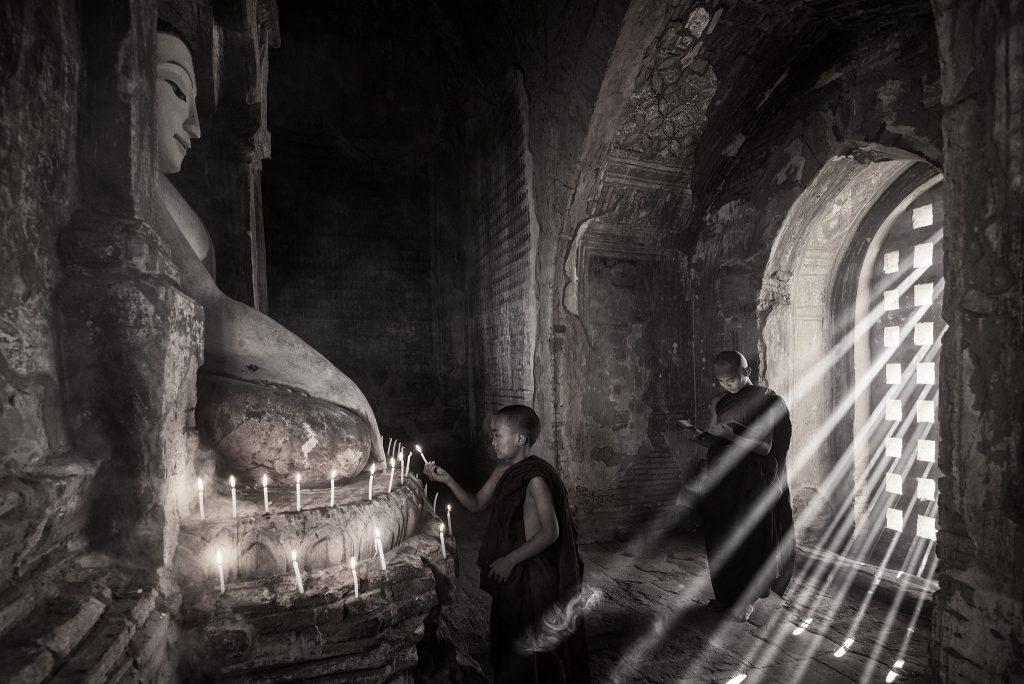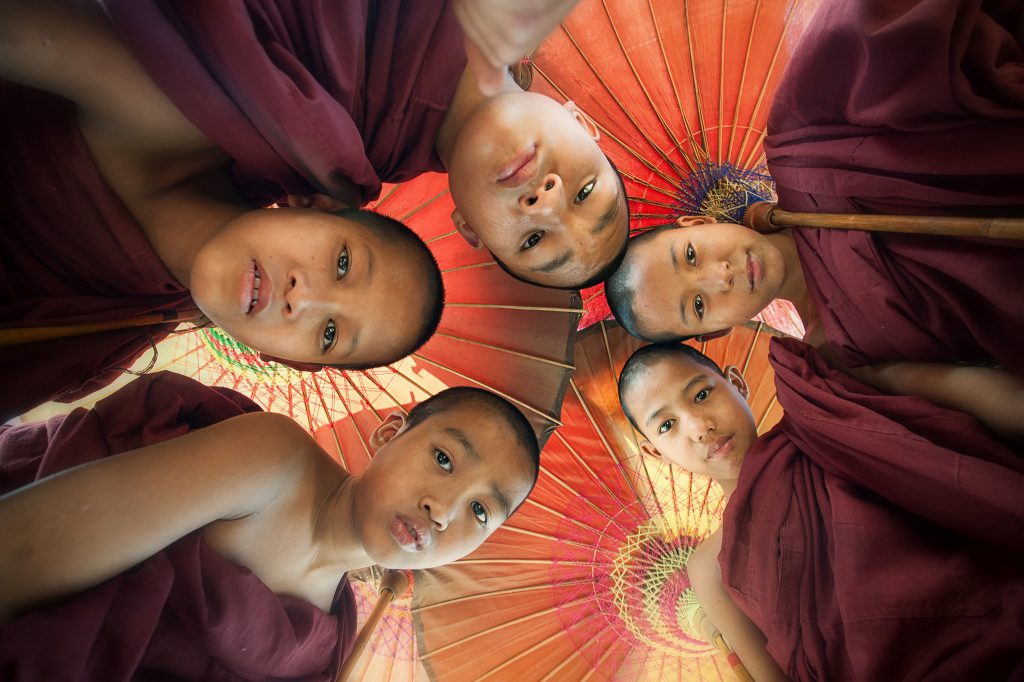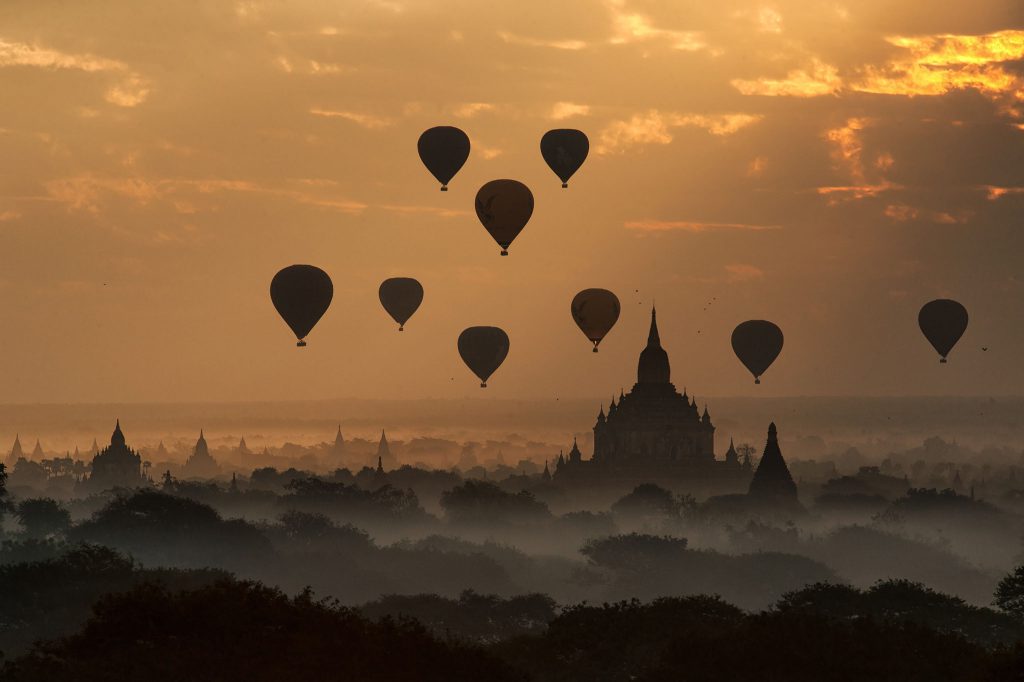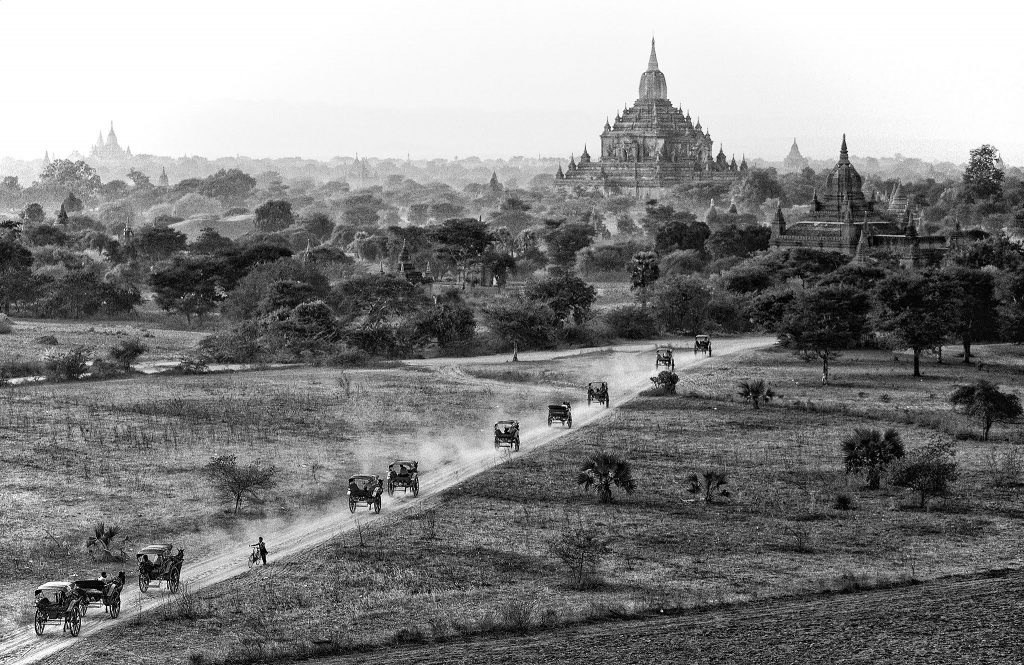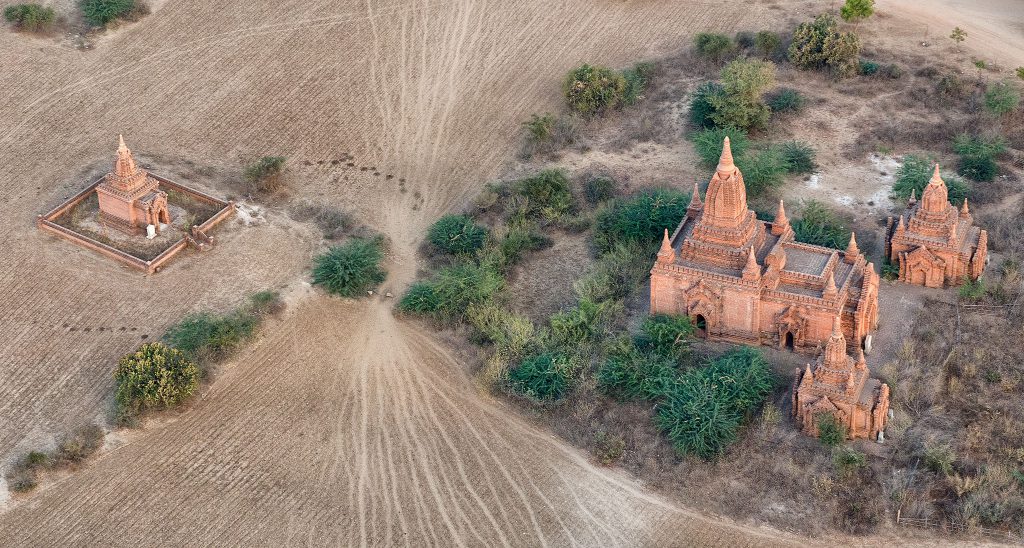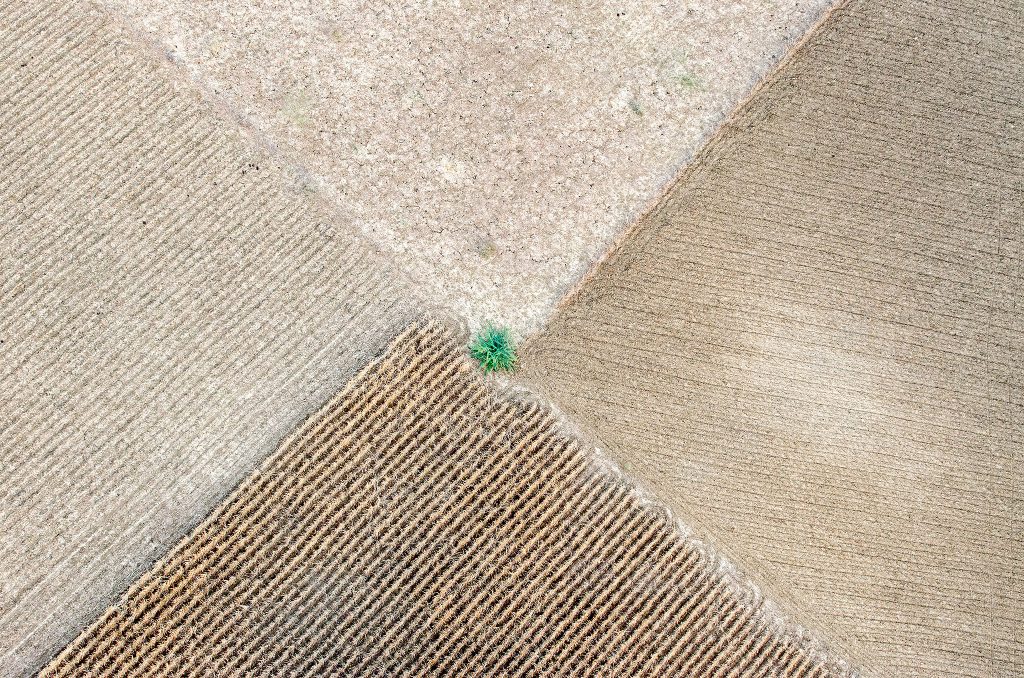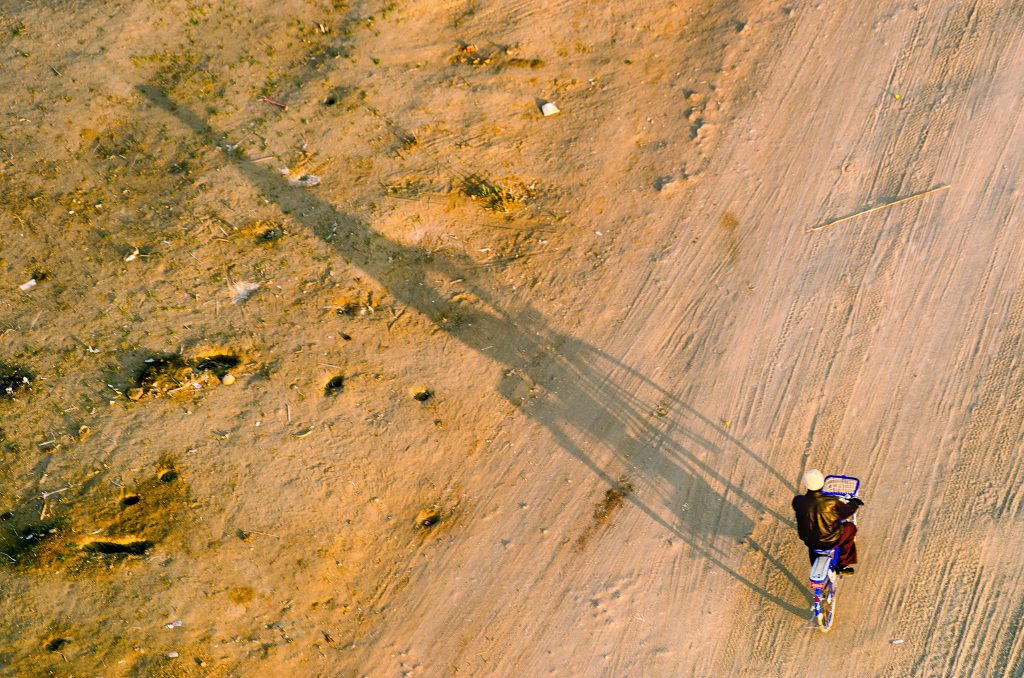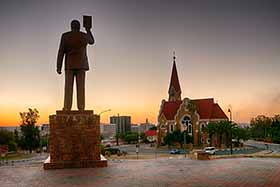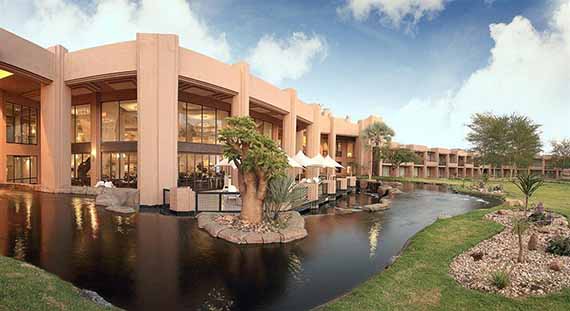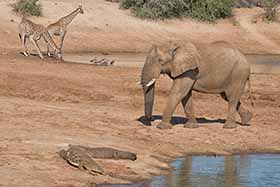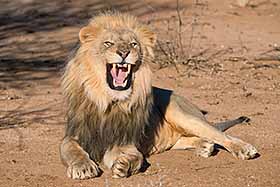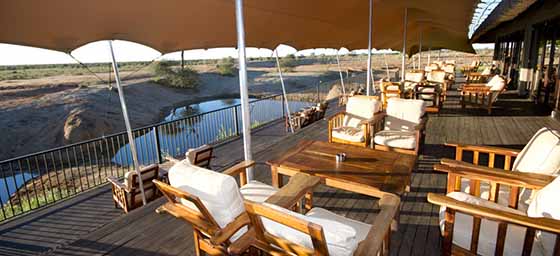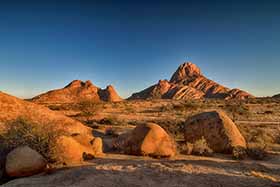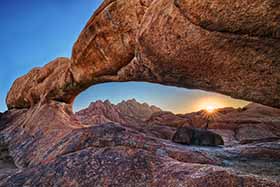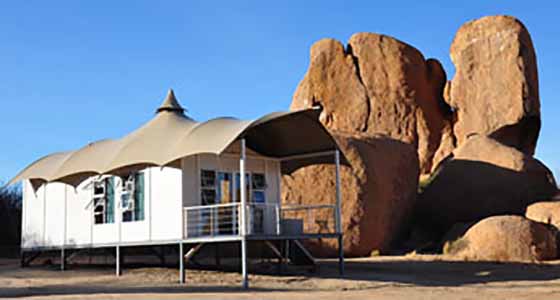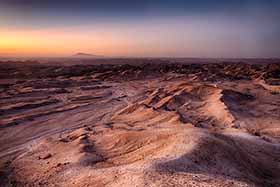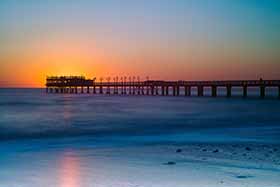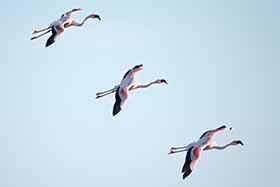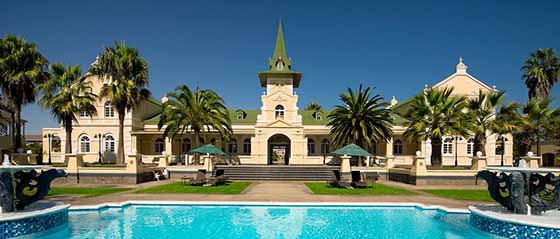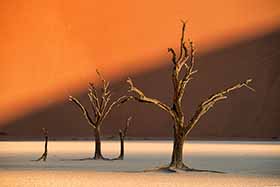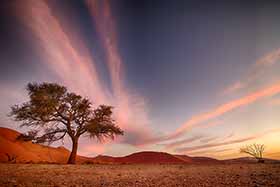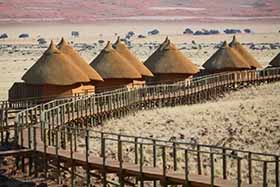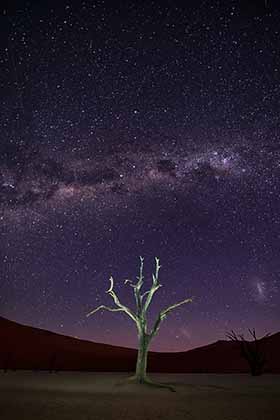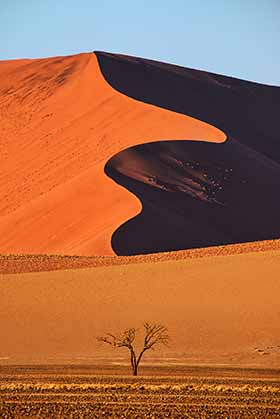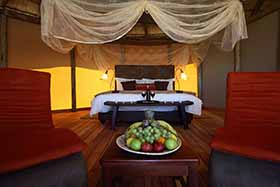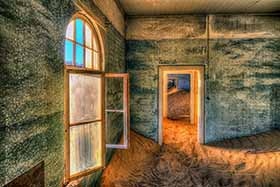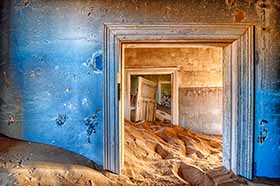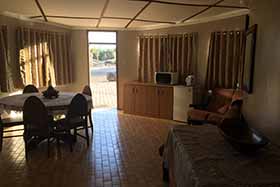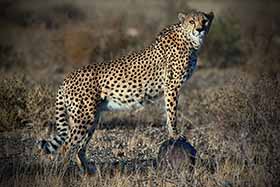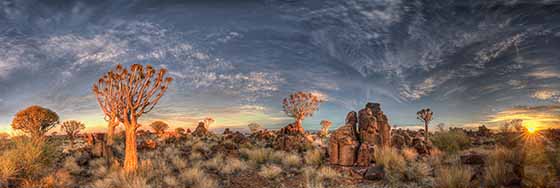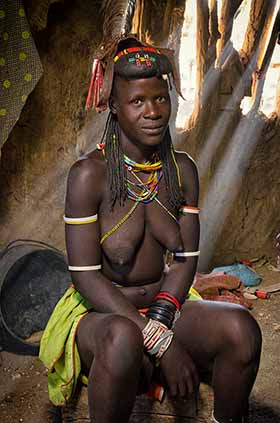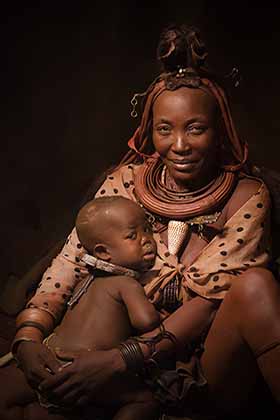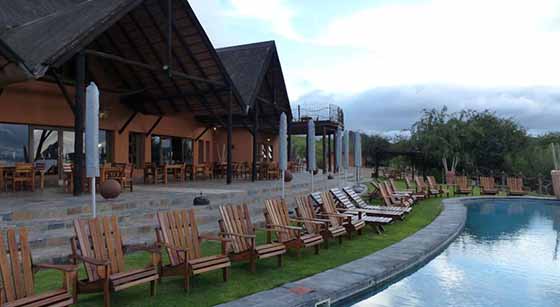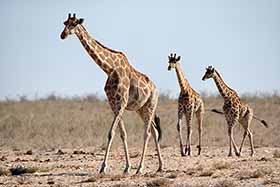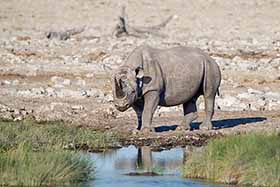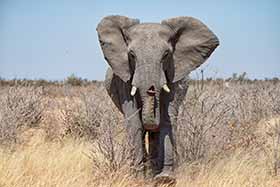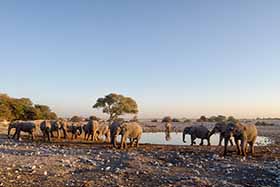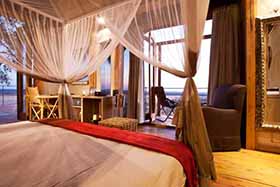Blog
- East Africa Wildlife Wonderland
East Africa is arguably one of the very best destinations in the world for wildlife photography, home to the world famous Masai Mara, Ngorongoro Conservation Area and UNESCO listed Serengeti National Park. The grasslands of Tanzania and Kenya are renowned for their wildlife, including the Great Migration in which more than 1.5 million wildebeests and 300,000 zebras follow the rains seeking out fresh, lush grass.

A successful wildlife safari comes down to two things, one which you have every control over, and the other in which you have none. First and foremost, a successful safari requires good planning, or in the least, travelling with a reliable operator that has your very best interests in mind. Whilst you can see the wildlife all year round, there will be certain times that are much more productive than others. In Tanzania, there are two prime times to visit, firstly the birthing season between January and March, and then the migration river crossings in July and August, as the herd moves northward into the Masai Mara of Kenya. There however is another opportunity for river crossings later in the year when the migration commences their journey south again. It’s important to note that these times are high season, so you need to expect that tours will be at a premium price.
The second thing is luck, and one can never predict what may or may not be seen. Many of us would have watched outstanding documentaries, and we tend to have unrealistic expectations that we will see the same thing. Unfortunately, what’s not communicated in documentaries, or with outstanding images you may have seen, is the fact that the camera operator had to wait days or even weeks for that one opportunity. On a tour, we don’t have that luxury, so we’re at the mercy of nature. There can be no guarantees that you will see all the wildlife, as some animals are much more elusive than others. Even the migration will vary from one year to another. It’s important to have an open mind on safari and accept that nature has a mind of its own. A good tour however will do everything possible to deliver the very best opportunities.
In July 2023 I led an incredible photographic tour to Tanzania, with an itinerary that was specifically designed to make the very most of the wildebeest migration, and more specifically the crossing of the Mara River. Five photographers were not only very fortunate to accompany me on this incredibly successful photographic safari, but also chose to come to Uganda beforehand to see and photograph the amazing mountain gorillas. This combination proved to be such a great success that I intend to offer the same optional extension tour in the future.
It’s estimated that there are around 1,063 Mountain Gorillas in the wild, found in Uganda, Rwanda and Democratic Republic of Congo. A visit to the gorillas however doesn’t come cheap, with one hour permits to visit a group varying from US $700 in Uganda to US $1500 in Rwanda. For most people, this is a once in a lifetime experience, and the money goes to a great cause, funding the conservation of these incredible, endangered primates. The gorillas reside in the high mountainous national parks, so you must be physically capable of trekking. This can vary from relatively easy walks to downright challenging, as it depends on where a particular group is located each day. Don’t be too stressed however, on my tour last year I arranged sedan chairs for two of my group to be carried up.
To walk amongst giants for an hour is something truly special, and it’s probably one of those moments where photography takes a back stage to the experience itself.

We commenced our Tanzania photographic safari with a flight from Arusha to Kogatende in the northern part of the Serengeti, immediately beside the Mara River. We stayed here for four nights in a seasonal luxury tented camp, ensuring we had every opportunity to get images of the wildebeest herd crossing the Mara River. On this occasion luck was very much on our side as the migration had commenced arriving the day before, but not yet started crossing the river.

Whilst the major draw of the area this time of the year is the wildebeest migration, all the other wildlife can also be found. On our very first afternoon we encountered our first pair of lions who had just killed one of the millions of wildebeests. The next morning we saw and photographed the very first crossing of the season, and on the third day we were in a prime position to watch and photograph the first large crossing of the year. After two and a half hours of watching tens of thousands of wildebeests crossing, we decided to pack up and seek other opportunities. During our time in the northern part of Serengeti we encountered lions, leopards, cheetahs, elephants, hippos, crocodiles and hyenas to name a few. At night in or tents, hyenas and even the occasional lion could be heard whilst we were relaxing in bed after a long day of photography.
It was now time to make our way to central Serengeti, and the tour was intentionally designed so that we would be driving against the flow of the migration. As expected, the drive did not disappoint, with sightings of elephant, giraffe, a pride of lions on a Kopje (small rocky hill), leopard and a successful cheetah kill to name a few of the highlights. We stayed here at our second luxury tented camp for two nights, allowing us a day to explore the heart of the Serengeti, a place renowned for lions. We not only had great success seeing plenty of lions, but were incredibly fortunate to see another successful cheetah kill. Luck certainly seemed to be on our side.
After a week exploring and photographing the wildlife of the Serengeti, it was now time to move onto the next destination, Ngorongoro Crater. This was without doubt our most challenging day of travel, with awful roads and a mechanical problem with the car that required us to transfer to another vehicle. It was quite shocking to see all the cars on the side of the road with similar problems, so I have already implemented changes to avoid a repeat of this in the future. Thankfully our day ended with a two-night stay at a safari lodge.
Ngorongoro Crater is the largest unbroken caldera in the world. The crater (610 metres deep and 260 square kilometres) is a microcosm of East African scenery and game, some of which are not found in the nearby Serengeti. This however proved to be our first unfortunate experience with mass tourism in Tanzania. There were so many vehicles in the crater that it was near impossible to get a good sighting let alone take images. Whilst we did manage to add a few new species to our list, we were unable to complete our Big 5 list with Black Rhino. I however come back to one of my initial comments about luck and not being able to predict nature.
Our final destination was the lesser known Tarangire National Park. Being the sixth largest National Park in Tanzania, covering an area of 2,600 square kilometres, it’s regarded by many as one of Tanzania’s best kept secrets. The density of game is second only to the crowded Ngorongoro Crater, with large elephant herds and a mini-wildlife migration that occurs during the dry season, drawing some 250,000 animals into the park. For us, the main draw-card was the herds of elephants, and there were certainly many wow moments. We also enjoyed three more nights in a luxury tented camp, with the highlight being sitting around a camp fire each evening, enjoying a drink whilst keeping an eye out of the wildlife nearby. One night we had a pair of Waterbuck stop and stare at us for 30 minutes and another night we had an inquisitive Spotted Hyena not all that far from us.

Overall the tour exceeded my expectations and delivered so many incredible experiences and photo opportunities. Apart from our experience in Ngorongoro Crater, luck had certainly been on our side, however as I said at the beginning of this review, one cannot predict what nature will do. We were so fortunate to arrive at the Mara River right as the wildebeest were beginning their crossing. Soon after returning home, I learned that this season the wildebeests did not head any further north into the Masai Mara of Kenya, instead turning around and commencing their migration back south-east again.
As with all of my tours, I’m always seeking ways to make improvements, and have made some significant changes to my next tour in 2025. There was absolutely no need to change anything in the northern part of Serengeti, it worked great and delivered on every aspect. I have now included an additional day in central Serengeti at the expense of Ngorongoro Crater. There’s so much more to see and explore in the heart of the Serengeti, without the masses of vehicles that can be encountered in the crater. In addition to this, I have now included a flight out of the Serengeti, avoiding the long, challenging day of road travel. Tarangire National Park also remains the same.
The most important consideration for anyone interested in a photographic tour of Tanzania is the fact that I’m intentionally limiting it to a small group of 6 photographers plus me. Our safari vehicles comfortably accommodate 6 people with photographic gear in the back, and also have 12V refrigerators and the ability to charge batteries on the move. As with all my safaris, I’m seated in the front with the driver, meaning you’re better placed for photography. I also have the task of working with the driver to seek out wildlife for your enjoyment.

My next tour is scheduled to commence on 20th July 2025, again at the prime time to coincide with the migration and crossing of the Mara River. As would be expected, I unfortunately had to increase prices slightly, however with expected increases from the operators, an additional night of accommodation at Arusha at the very end of the tour, plus a second domestic flight, it remains an incredibly well valued tour. Just look at the other options for photographic tours, and you will probably be as shocked as I was when doing my research.
For further details of the itinerary and pricing, please click on the following link:-
- The Golden Land of Myanmar
In 1898 Rudyard Kipling wrote “This is Burma and it will be quite unlike any land you know about”. This was what I was hoping for when I first visited in 2011. Having done extensive travel in Vietnam, Cambodia and China, I was seeking a new experience with unique photographic experiences, and I was not disappointed.
Myanmar formerly known as Burma is a mystical country centered among Southeast Asia’s more common destinations, yet still remaining relatively unknown. After many years of isolation, Myanmar has only recently opened up to the outside world. Being one of the least developed and least Western-influenced countries in the world, Myanmar provides many amazing photographic opportunities that are drawing photographers from across the globe. Since my initial research trip in 2011, I have successfully led six photographic tours to Myanmar, with fellow travelers going on to win numerous awards. Myanmar has indeed become a hot spot for photographers.
At nearly 6 million people, Yangon the former capital is the largest and most commercial city in Myanmar. The thriving city consists of both colonial architecture and modern high-rise buildings, with the centrepiece being Shwedagon Pagoda, the most sacred Buddhist monument in Myanmar. According to legend, the gold plated Shwedagon is more than 2500 years old and the umbrella at the top is adorned with some 5,448 diamonds and 2317 rubies. In a country where 85% of the population are Buddhist, Shwedagon is just one of many religious monuments scattered around the country.Over the nine years since my first visit to Myanmar, Yangon has slowly become very congested with a mixture of left and right-hand-drive vehicles. This congestion can make travel interesting if not a little challenging, however there are a number of places well worth visiting. An early morning visit to San Pya fish market reveals a hive of activity and a great opportunity to do some street photography. Kalaywa Tawya Monestary and Nunnery serves over 1300 novices and nuns from all over the country, each coming to learn Buddhist scriptures and modern academic courses. It’s a great location to witness the lifestyle of the young 6-17-year-old novices, and offers some amazing low light/high ISO shoot opportunities.
In contrast Inle Lake is a tranquil location away from the hustle and bustle of the city. With many stilted villages scattered around the lake, the only means of transport is via long-tail boats. The busy cars of Yangon are replaced by boats, and on market day one quickly realizes that the canals can just as easily be congested with boats. Apart from the beautiful setting, Inle Lake is also renowned by photographers for its fishermen who have a unique way of fishing whilst rowing and balancing the boat with one leg.
There are a number of workshops around the lake, ranging from cheroot (cigar) to blacksmiths, weaving and jewellery. These places are certainly interesting to visit and photograph, but one of the big draw-cards for photographers is the local 5-day rotating market. This market moves to fixed locations around the lake each day, and our visit to Inle Lake usually affords us the opportunity to visit two of the markets.
South-east of Inle Lake we visit Loikaw where we have the amazing opportunity of visiting and photographing the local Long Neck Padaung residents.
Mandalay is the second largest city in Myanmar, centred around the Royal Palace. With religious sites scattered all over the city, it’s regarded as the spiritual hub of upper Myanmar. It is also regarded by many as being the centre of arts and crafts, with many artisans scattered in and around the city.
A short cruise up the Irrawaddy River takes you to Mingun, an incomplete monument stupa and Mya Thein Tan Pagoda, offering you an opportunity to see and photograph both ancient and modern architecture. If you’re lucky you may also see the rare Irrawaddy River Dolphin.
Many travelers coming to Mandalay visit U Bein Bridge at sunset, the longest teak wood bridge in the world. Here photographers seek interesting compositions of silhouetted people walking back and forth over the bridge as the day comes to an end.
Bagan is without doubt one of the most amazing photographic destinations in Myanmar, if not the world. With over 2000 stupas and temples rising above the plains, the archeological site of Bagan offers some amazing landscape opportunities early morning and late afternoon. During the middle of the day, photographers can explore inside many of the temples and stupas, using both natural and artificial light to create interesting images with Monks and Novices. During our stay we enjoy a number of creative shoots.
It’s highly recommended to book on an optional sunrise hot air balloon flight over Bagan, which provides a very different photographic perspective and insight into how amazing this location truly is. One does not really have an appreciation of how extensive the area is until gently floating over the stupas and temples in a hot air balloon, finishing the morning with a champagne breakfast.
Images from the hot air balloon flight 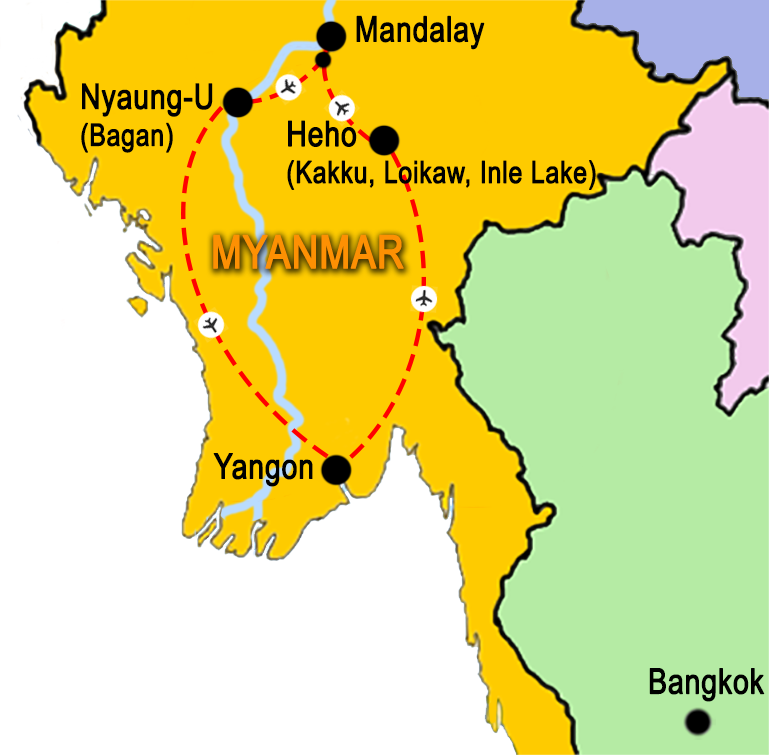
As amazing as the destinations are, one cannot help but realise that the true beauty of Myanmar is in fact the people. No matter where you travel, you’re met with the warm and welcoming smiles of the locals. In addition to their friendly nature and beautiful, large brown eyes, the people of Myanmar are known for wearing Thanaka on their faces, which is a yellowish paste created from grinding wood into a paste. This is applied for cosmetic reasons yet adds an element that makes the people photography all the more interesting.
There are over 135 ethnic minority groups in Myanmar, each with their own unique culture and language. The Pa’O of Inle Lake with their colourful turbans certainly add a splash of colour to the local markets, whilst the Long Neck Padaung with their long necks adorned with brass rings always attract the attention of travellers. Travel is very much about people and culture, and Myanmar certainly delivers many great opportunities.Over the past nine years I have slowly watched Myanmar become a magnet for photographic and non-photographic travellers alike. Myanmar borders with Bangladesh, India, China, Laos and China, and is quite exotic and unspoiled. It however is inevitable that the culture will change as tourism increases, so anyone interested in travelling to Myanmar is encouraged to do so sooner rather than later. From ancient civilisations to the friendly and happy people, Myanmar promises to be a feast for the lens and is highly regarded as one of the best destinations in the world for travel photography.
- Namibia – A Visual Feast
When people think of the African continent, many naturally consider the amazing wildlife. East Africa and the wildebeest migration is certainly one of nature’s most spectacular events, and most travellers to Africa are naturally drawn to the “Big 5”, that being lion, leopard, elephant, rhino and buffalo. Namibia, however, has much more to offer than the “Big 5”, it also includes highlights such as the Quiver Trees in Keetmanshoop, the Ghost Diamond mining town of Kolmanskop, sand dunes of Sossus Vlei and also the often overlooked Himba, Dhimba and Herero people of Opuwo.
After our first night in Windhoek, the capital of Namibia, we head north-west to Erindi Private Game Reserve where we have the opportunity to get up close to an abundance of African wildlife. In addition to safari drives in the mornings and afternoons, we also have the opportunity to relax on the viewing deck overlooking the main waterhole and photographing the wildlife. It’s a great way to get over any jetlag, and there’s no lazier way to photograph than reclined in a deck chair with drink in hand.
Arising some 1728 metres above the surrounding Namib desert, Spitzkoppe is one of Namibia’s most recognizable landmarks, however one that is often overlooked by travellers. We are very fortunate to be staying in a newly opened lodge for one night, allowing us ample time to explore the amazing granite peaks during sunset and sunrise the following morning.
Swakopmund is a beach resort known for its German colonial architecture. The beautiful Swakupmond Hotel is our accomodation for two nights, serving as a base for us to venture out locally for photography. Apart from the local jetty at sunset, we head into the desert to photograph the unusual moon landscape as well as enjoy a boat trip around Walvis Bay to photograph seals, flamingos, pelicans and if lucky, the resident dolphins. This amazing experience is topped off with some fine dining at local restaurants.
The Sossus Vlei and Dead Vlei are salt and clay pans found in the southern part of the Namib Desert. This spectacular area offers some of the most iconic photography in Namibia, particularly the Dead Vlei where scorched black acacia trees stand defiantly against the red sand dunes rising high above the clay pan.
The ghost diamond mining town of Kolmanskop is a photography favorite, where the sands of the Namib Desert are ever so slowly consuming the buildings. With special photographic permits, we’re able to explore and photograph the town from sunrise to sunset, whilst other tourists can only visit between 9 am and 1 pm. Kolmanskop is great to explore and photograph throughout the day with the continually changing light.
With a small population and very little light pollution, Namibia is also one of the best destinations in the world for night photography, and the Quiver Tree Forests near Keetmanshoop offer a great foreground to complement the spectacular night sky. This tour has in fact been scheduled so we are in Keetmanshoop at the right time for astrophotography. It’s a great location to explore and photograph at sunrise, sunset and night, however it doesn’t end there. On the final morning of the main tour, we will also enjoy a special photo shoot with the resident Cheetahs.
After an amazing two weeks of travel, the main tour concludes however there is the option of joining us on an additional week of travel to the north of the country. Opuwo is a destination often overlooked by photographic tours, however, one that will certainly be a highlight of any trip to Namibia. The semi-nomadic Himba with their red ochre covered bodies are as photogenic as any landscape on offer, and we are privileged to be able to visit and photograph two villages for the purpose of documentary and portrait photography. In addition to the Himba, a visit to Dhimba and Herero tribes will offer their own unique experience.
Finally, Namibia is a great place to see and photograph wildlife, with Etosha National Park being one of the best in the entire continent. The secret of Etosha National Park is the waterholes, with the middle of the year being an optimum time to visit because there is less water. One just has to visit the many waterholes in the park to watch the wildlife coming in to drink.
Namibia is, without a doubt, a visual feast for photographers with endless desert landscapes, wild seascapes, amazing wildlife, colonial cities and remote nomadic people. For photographers, it’s unlike anywhere else in Africa, and I have put together this amazing tour to make the very most of many of the great photographic opportunities on offer.
